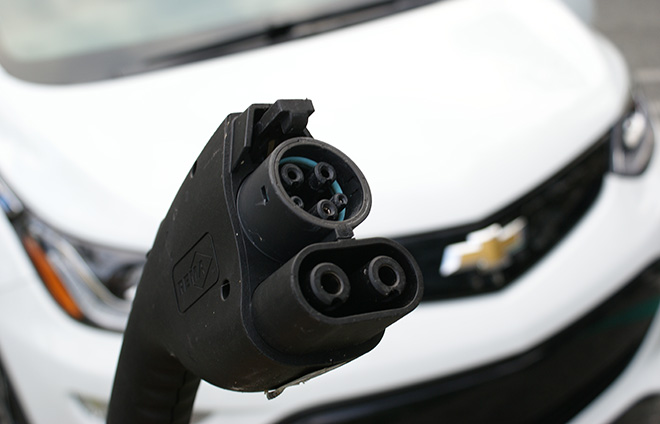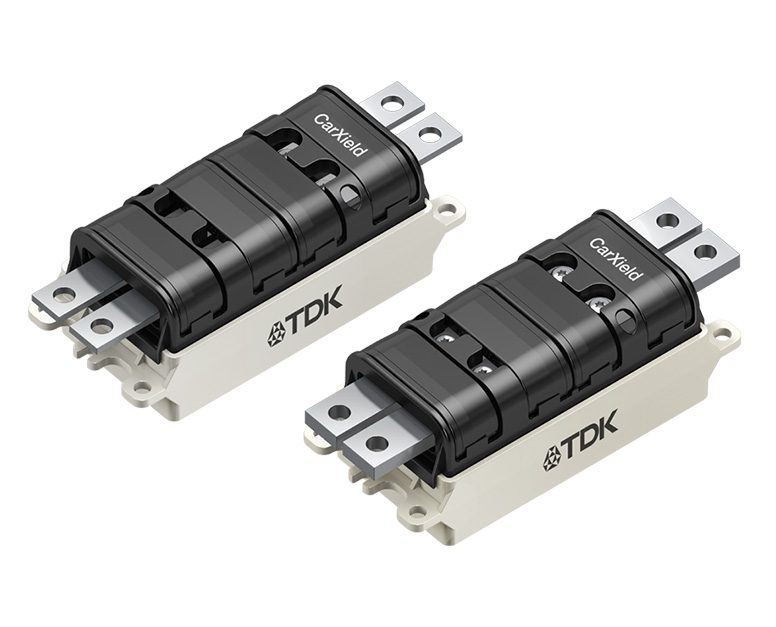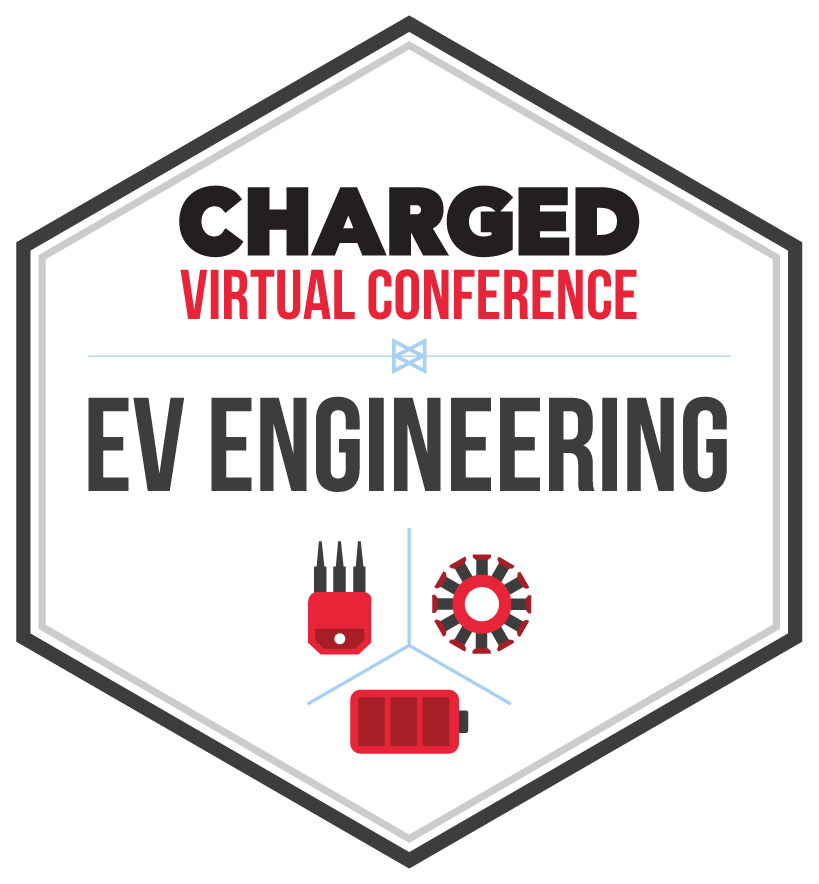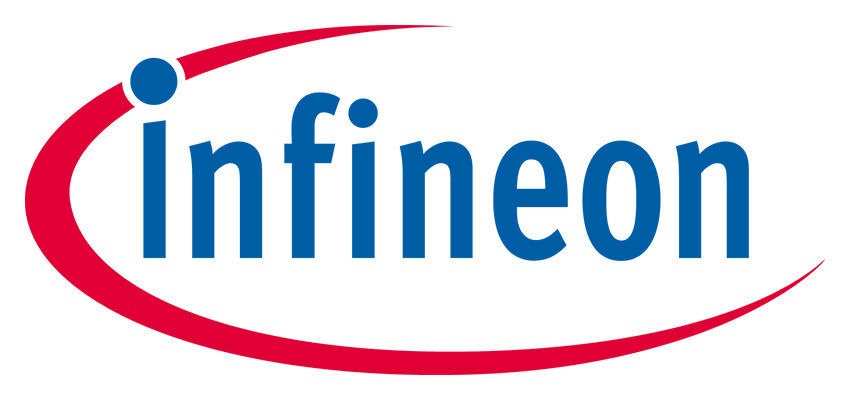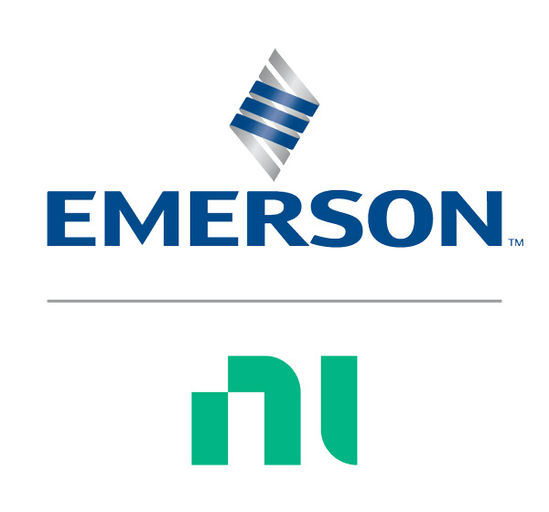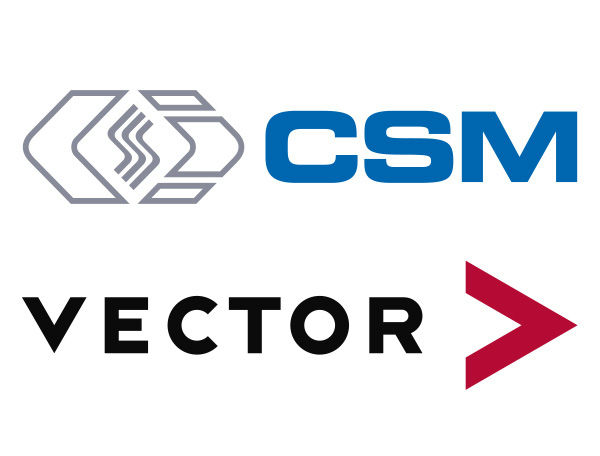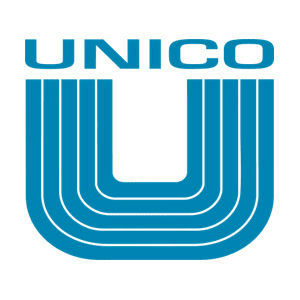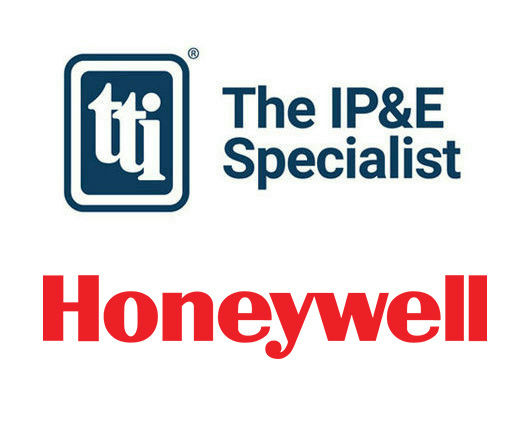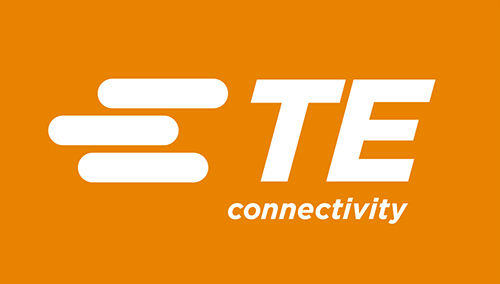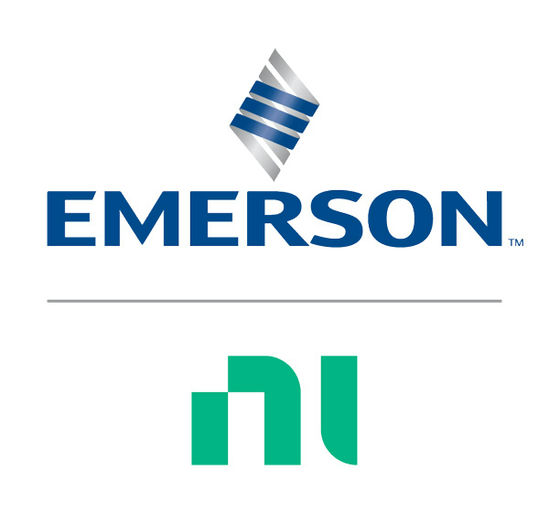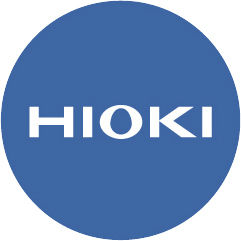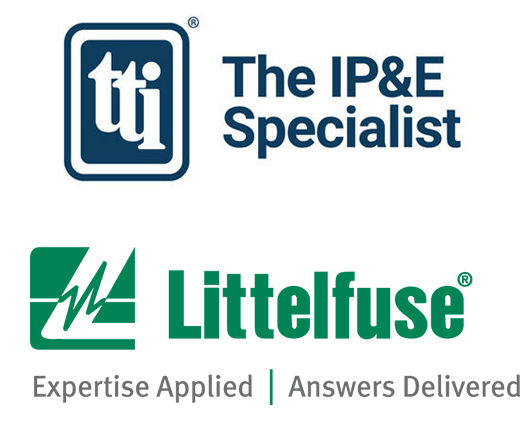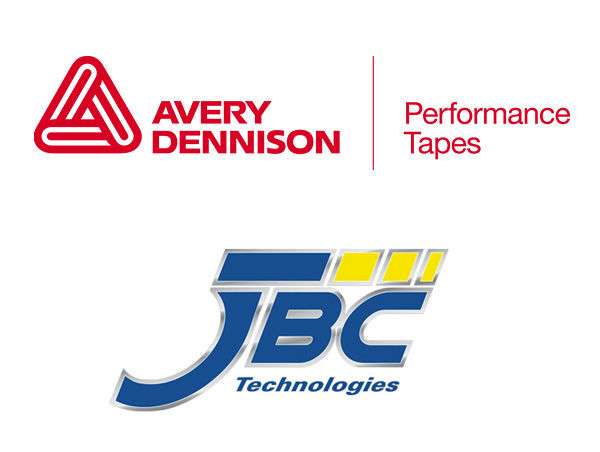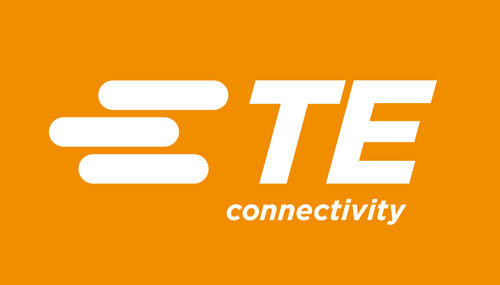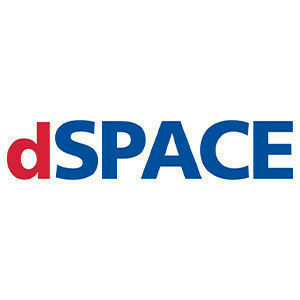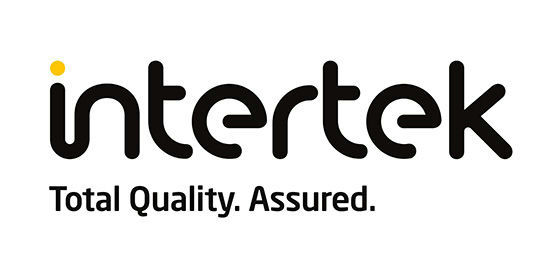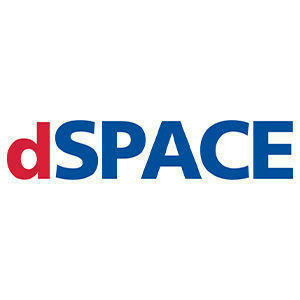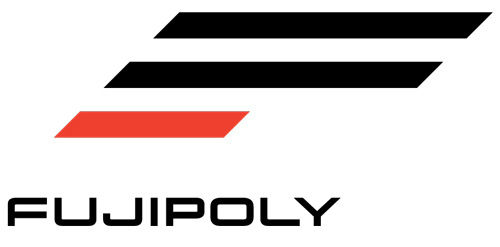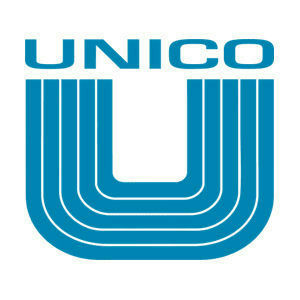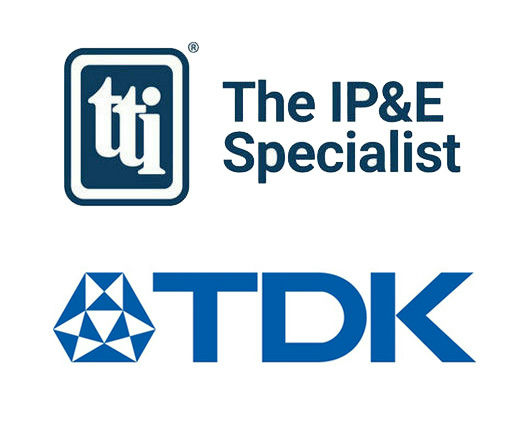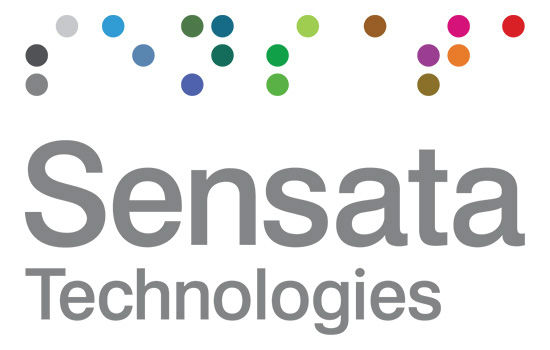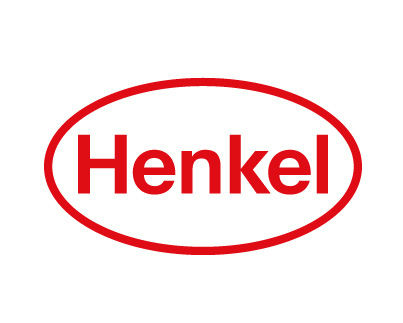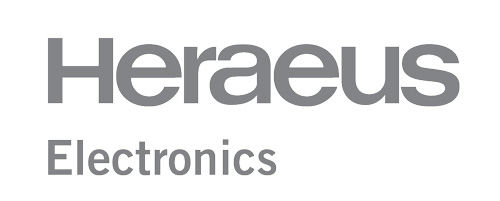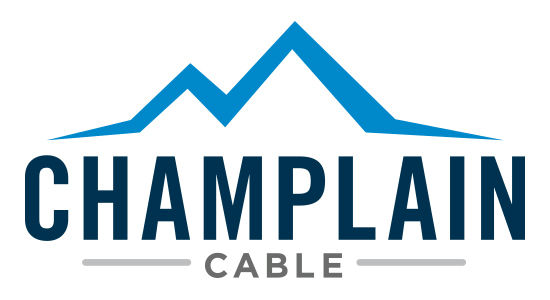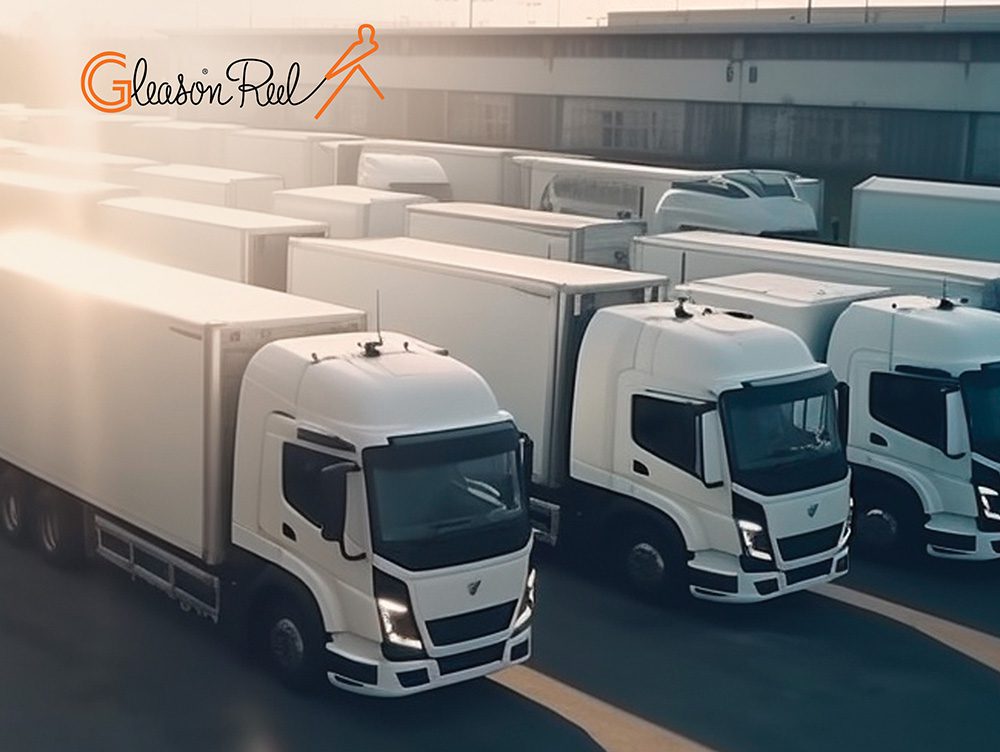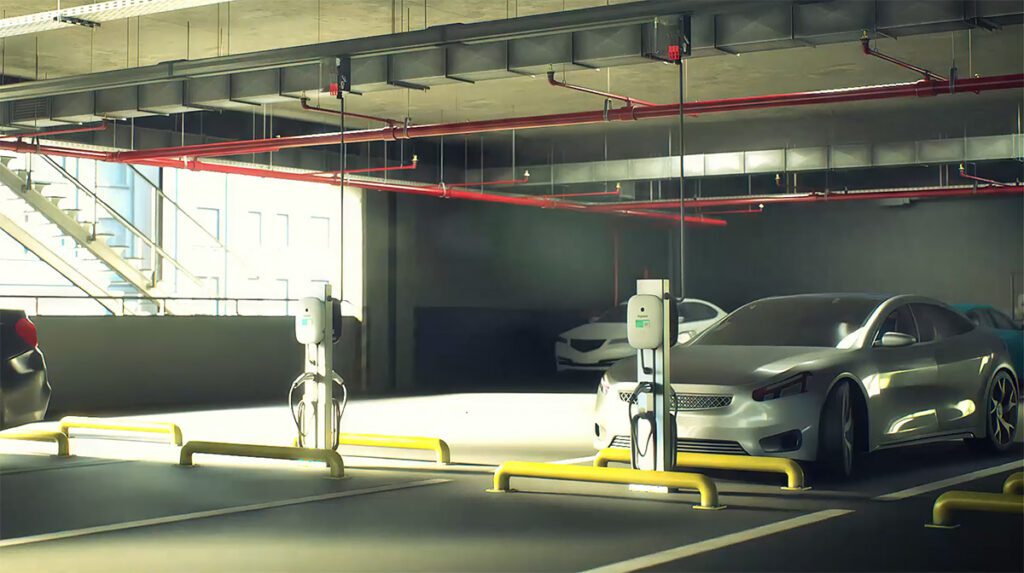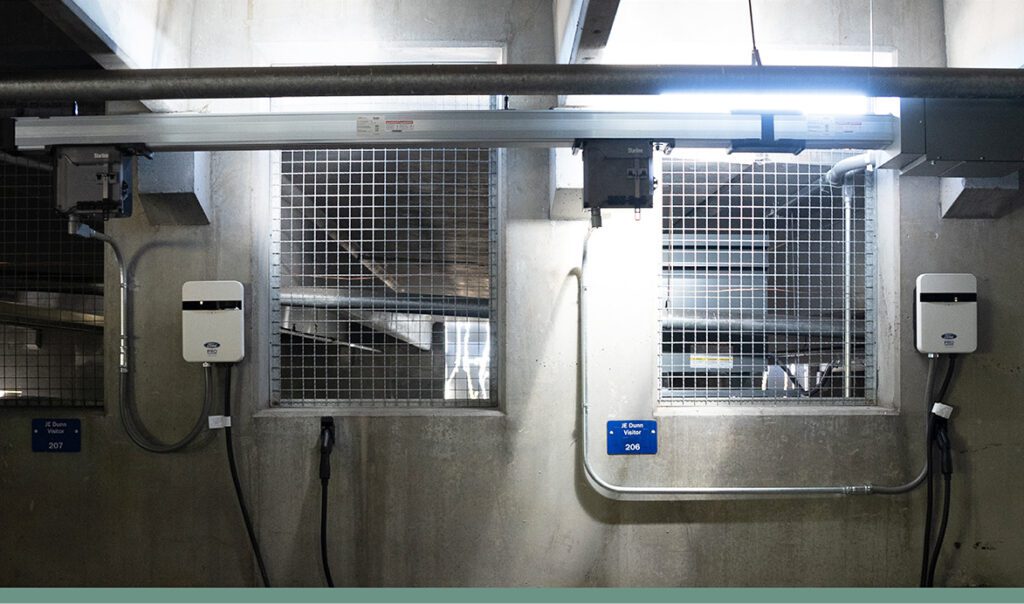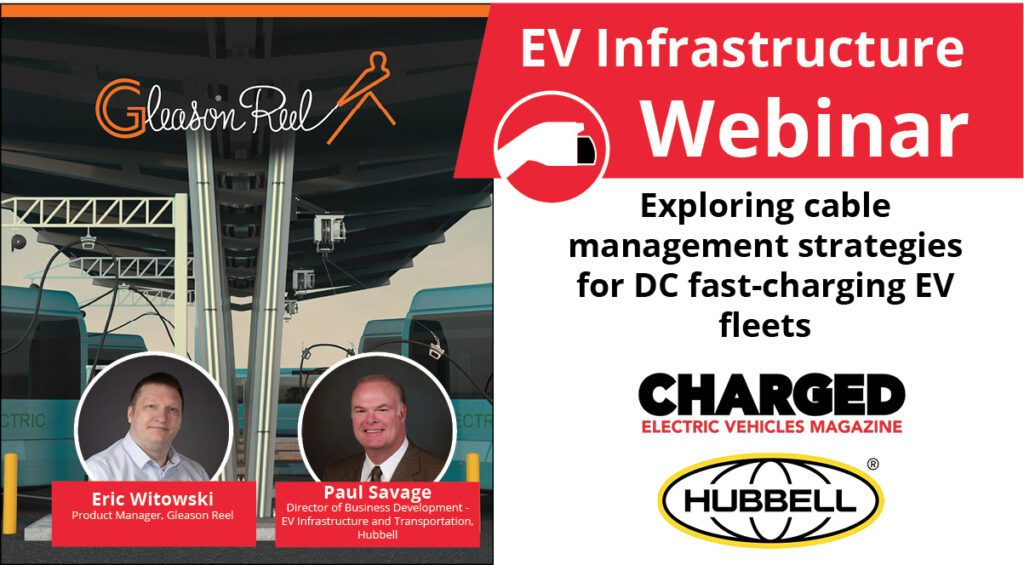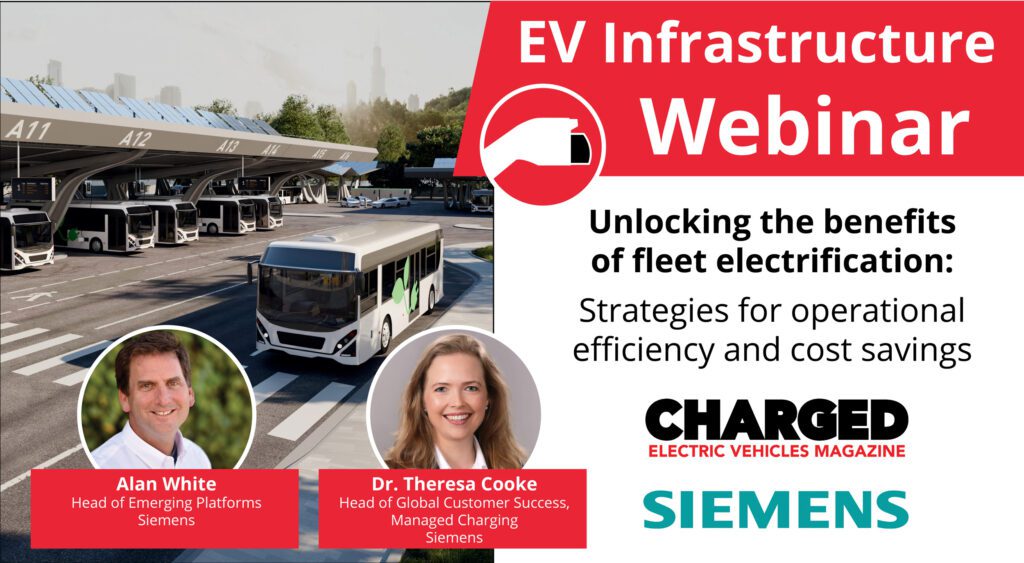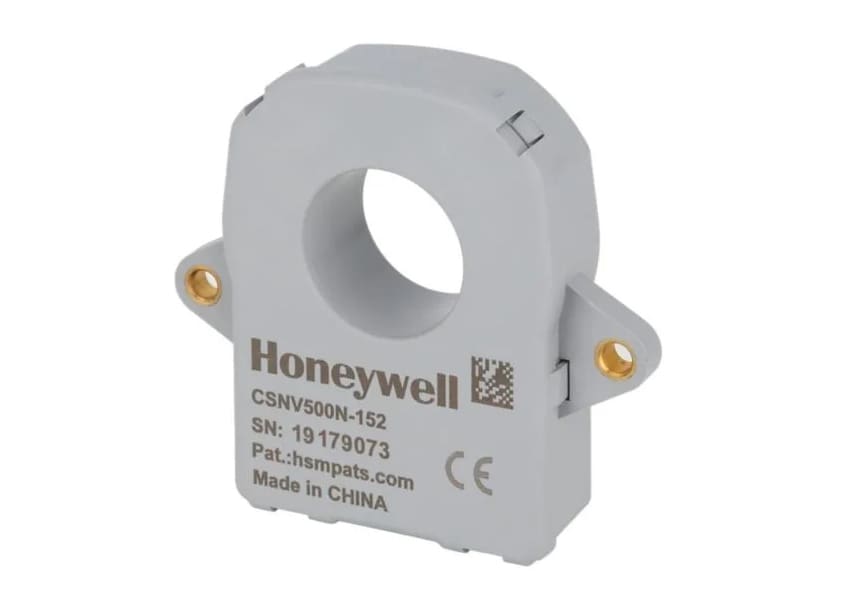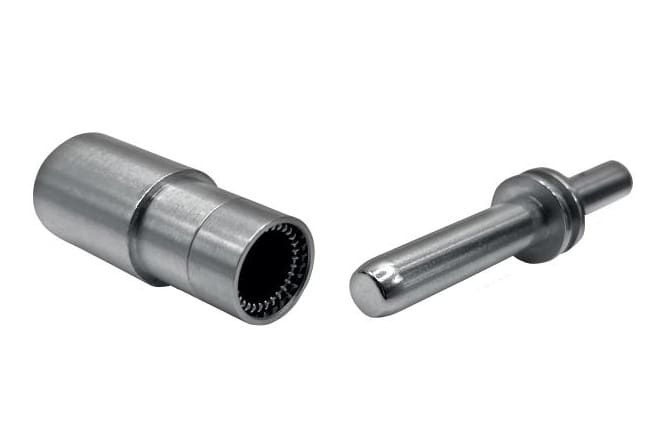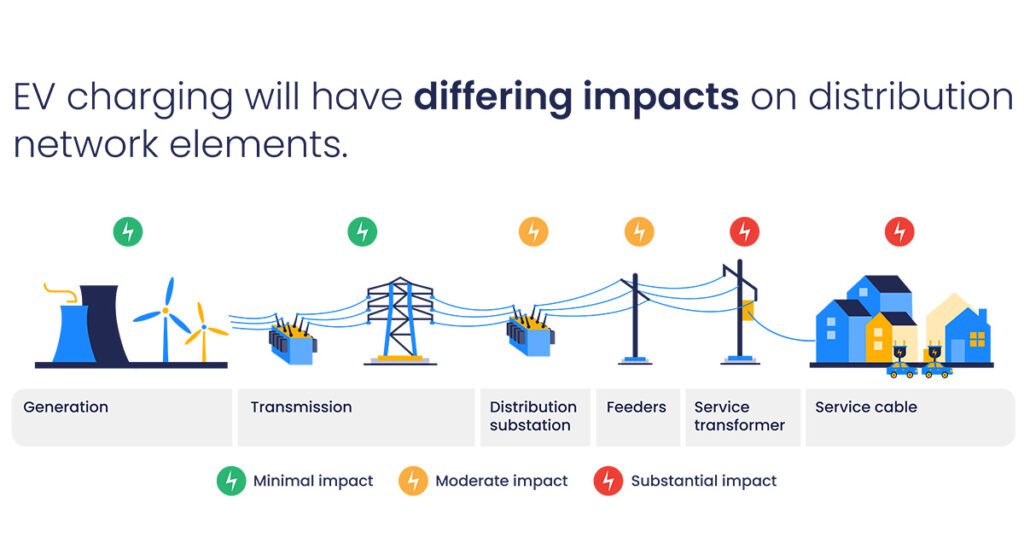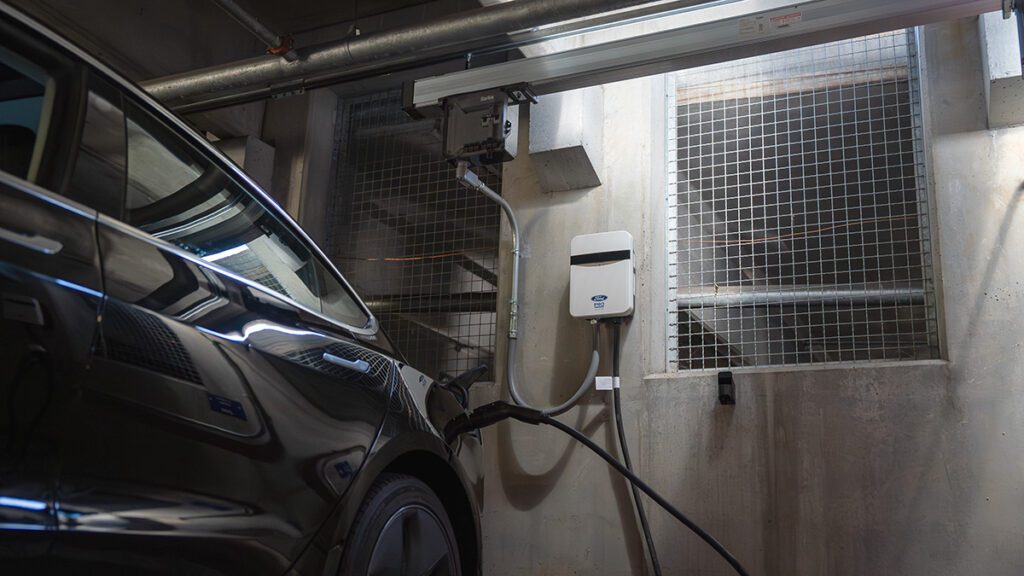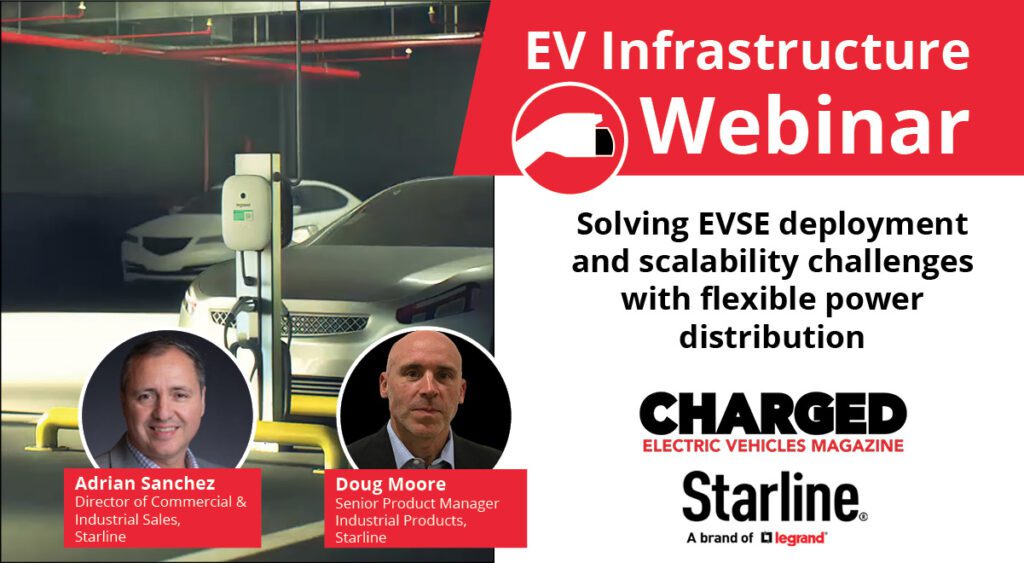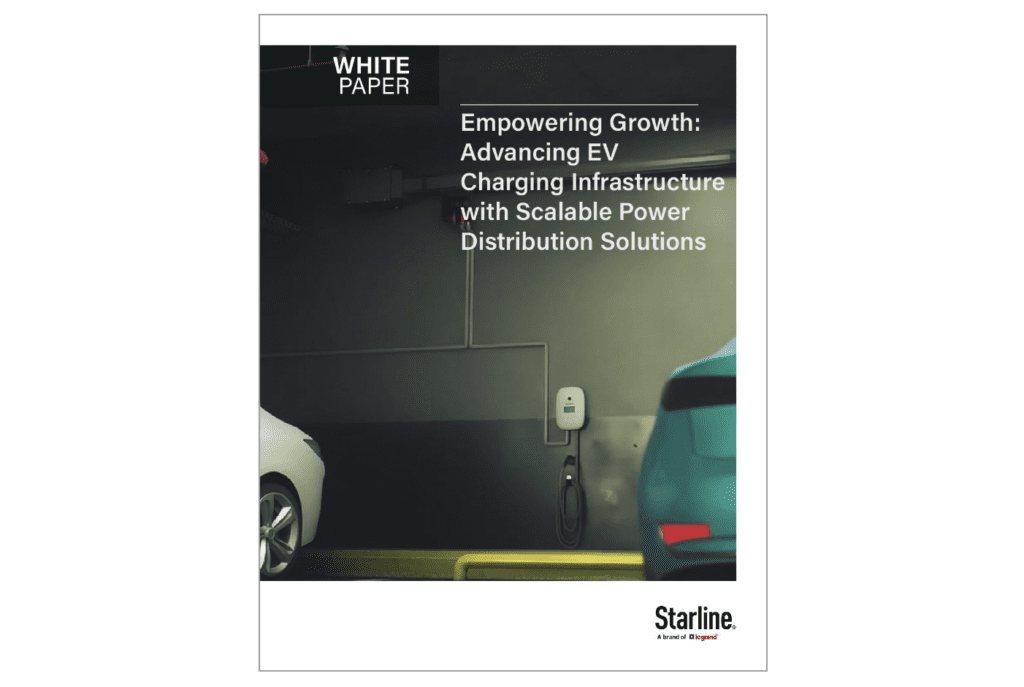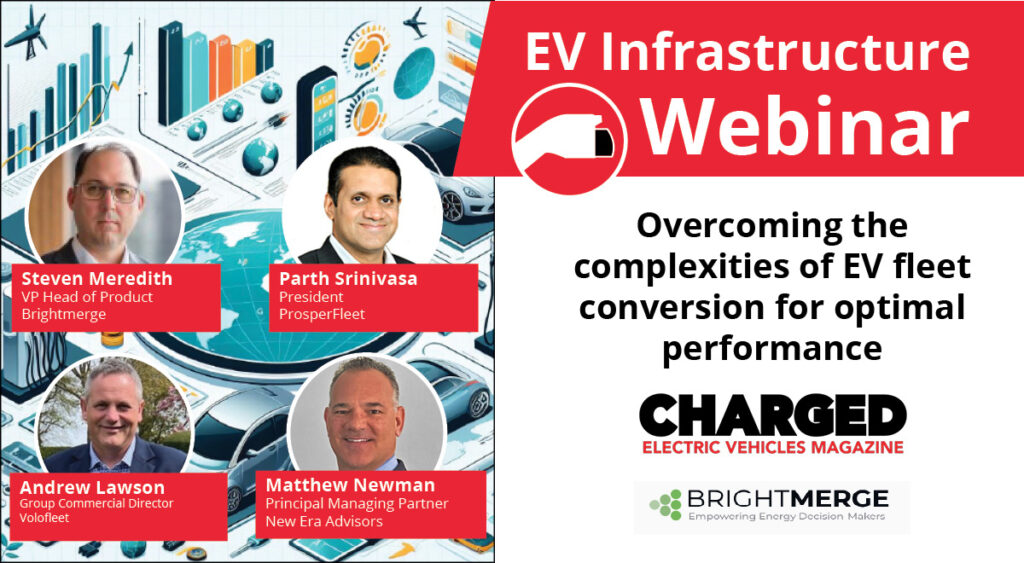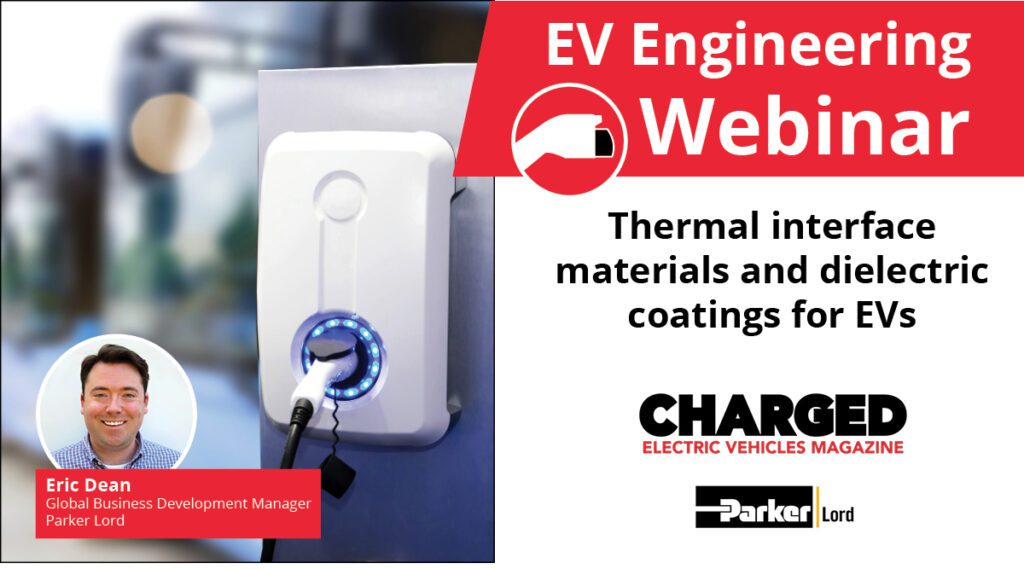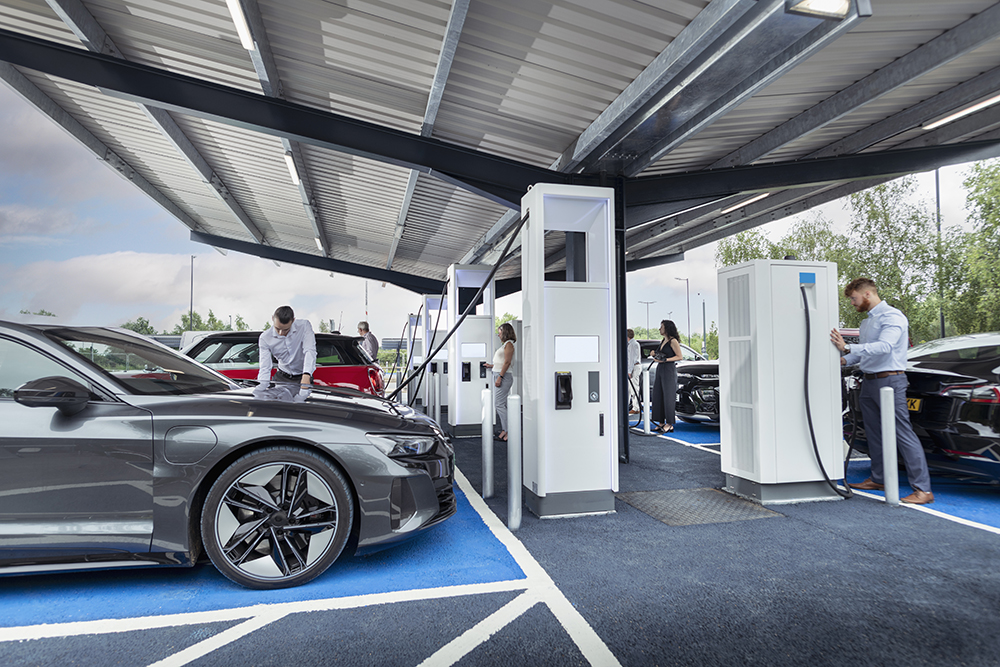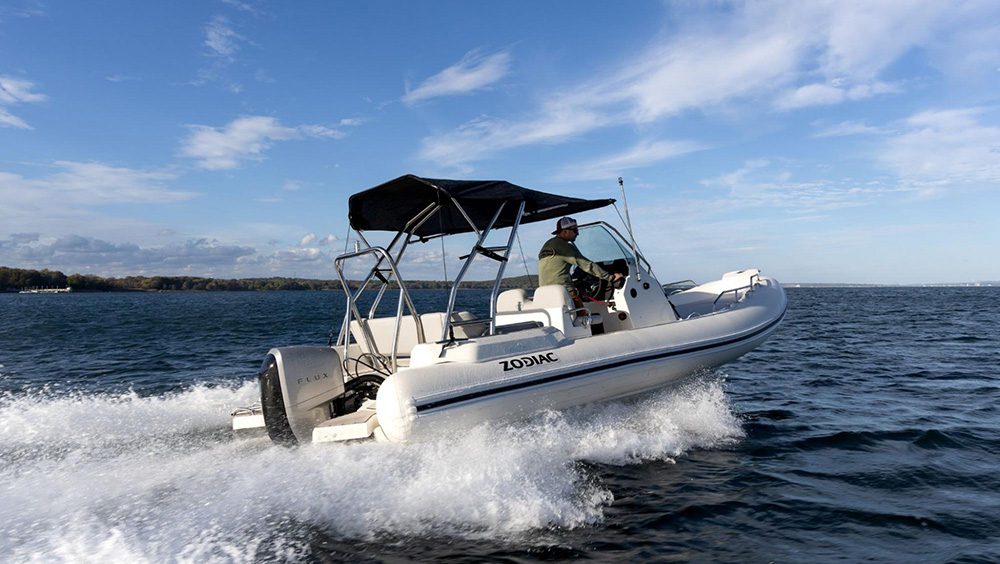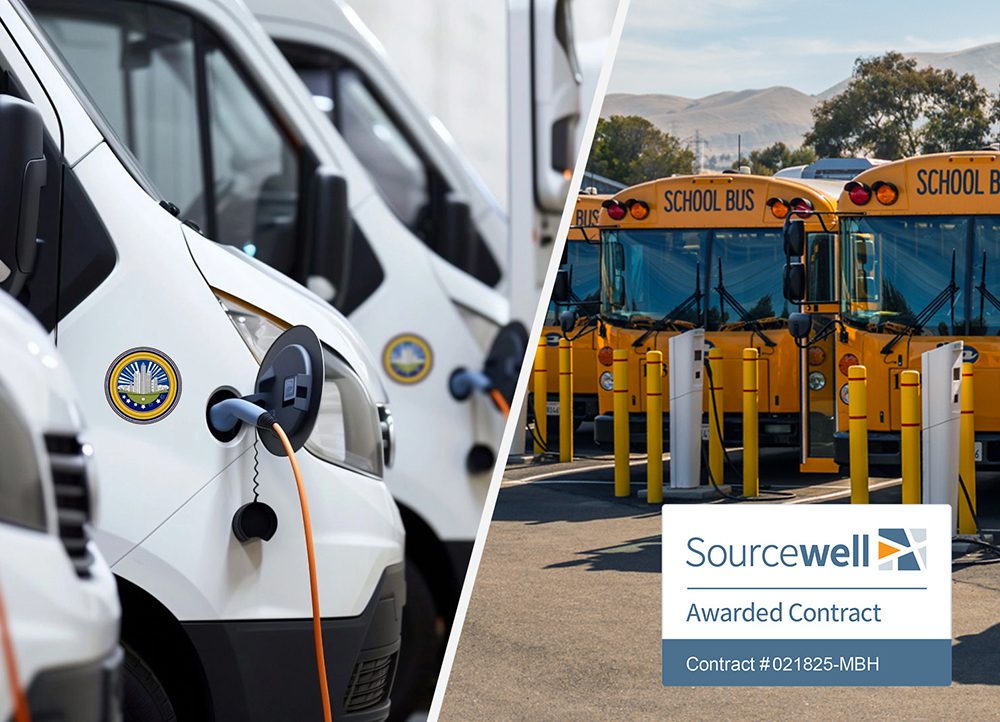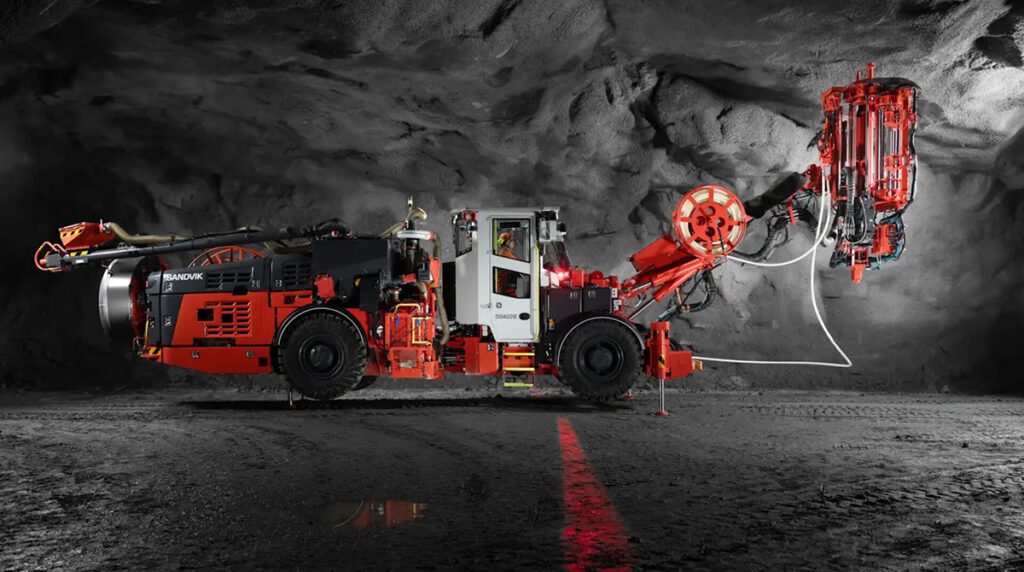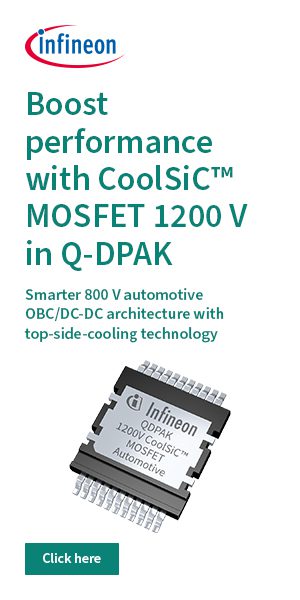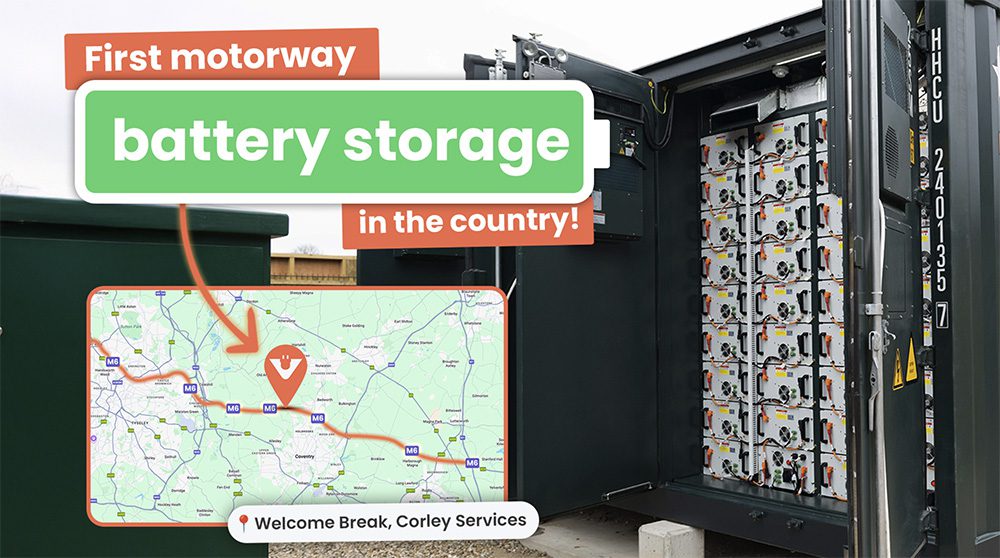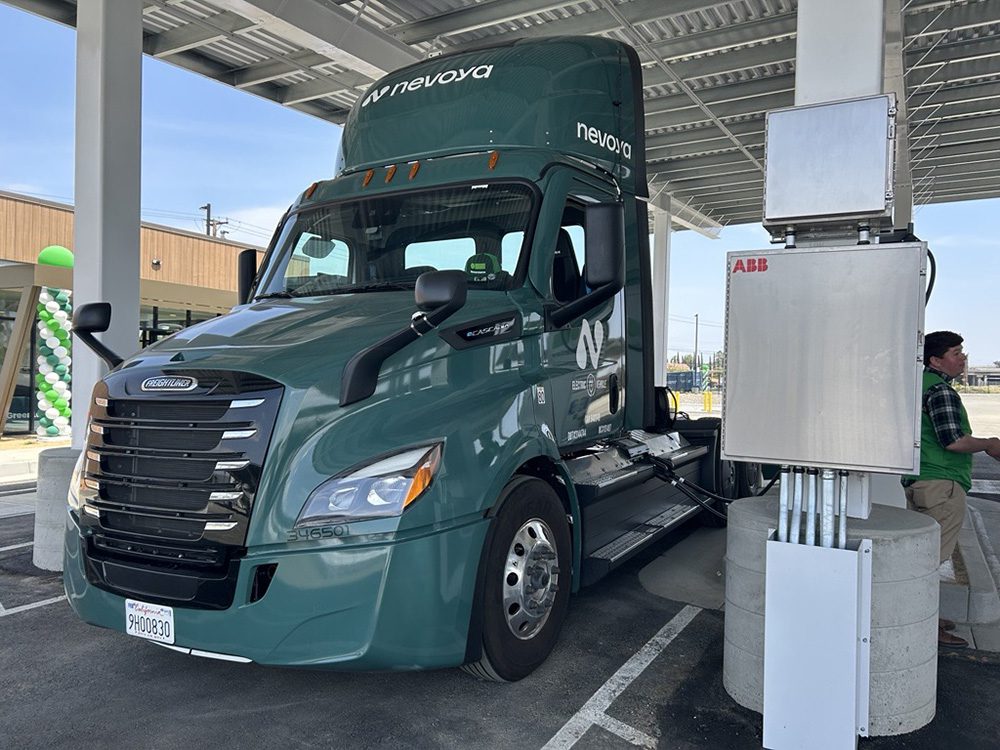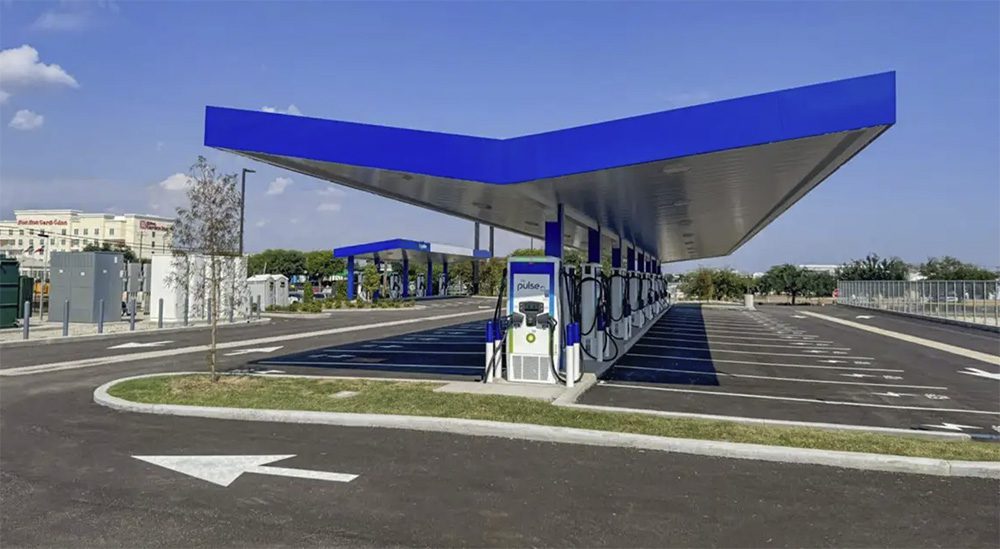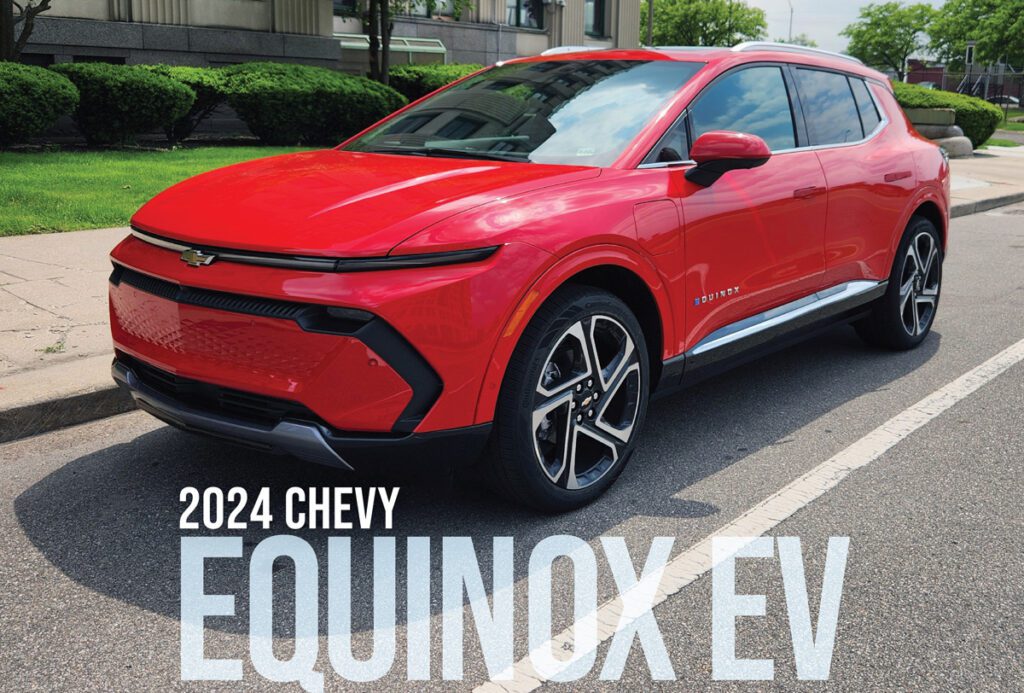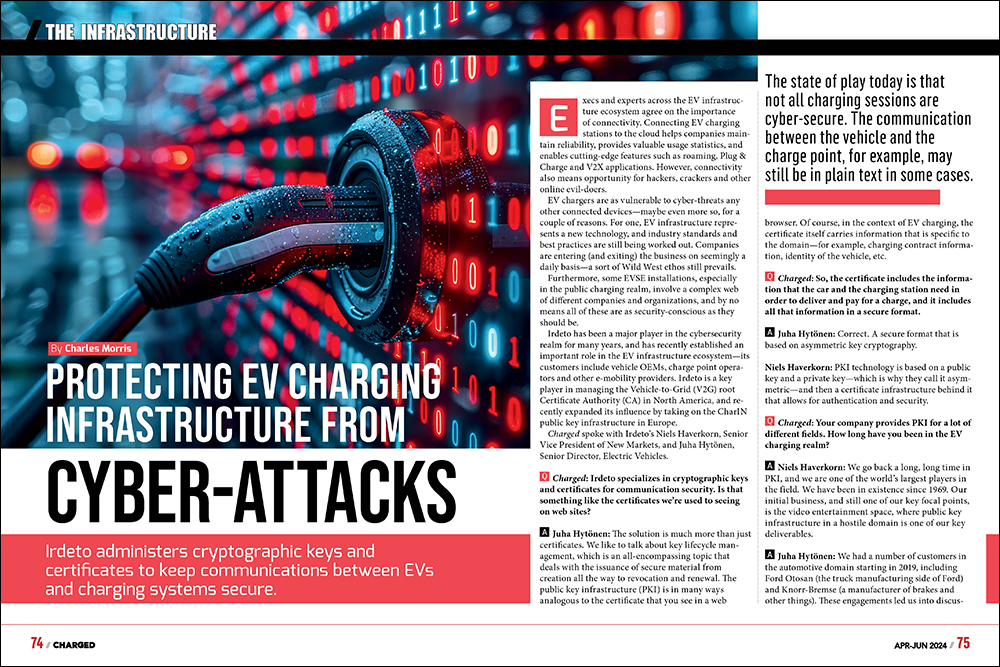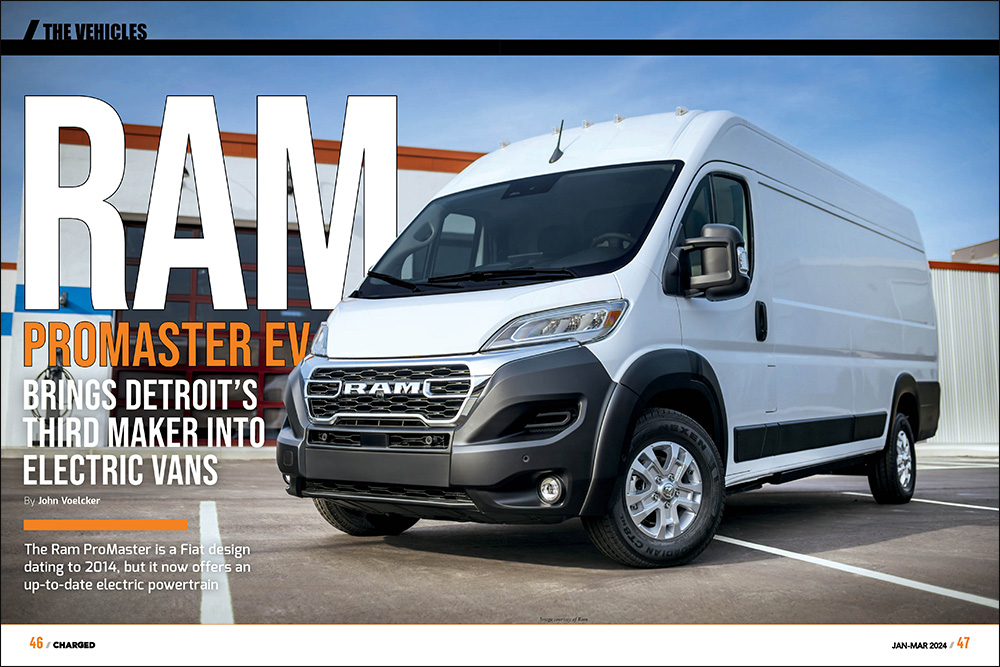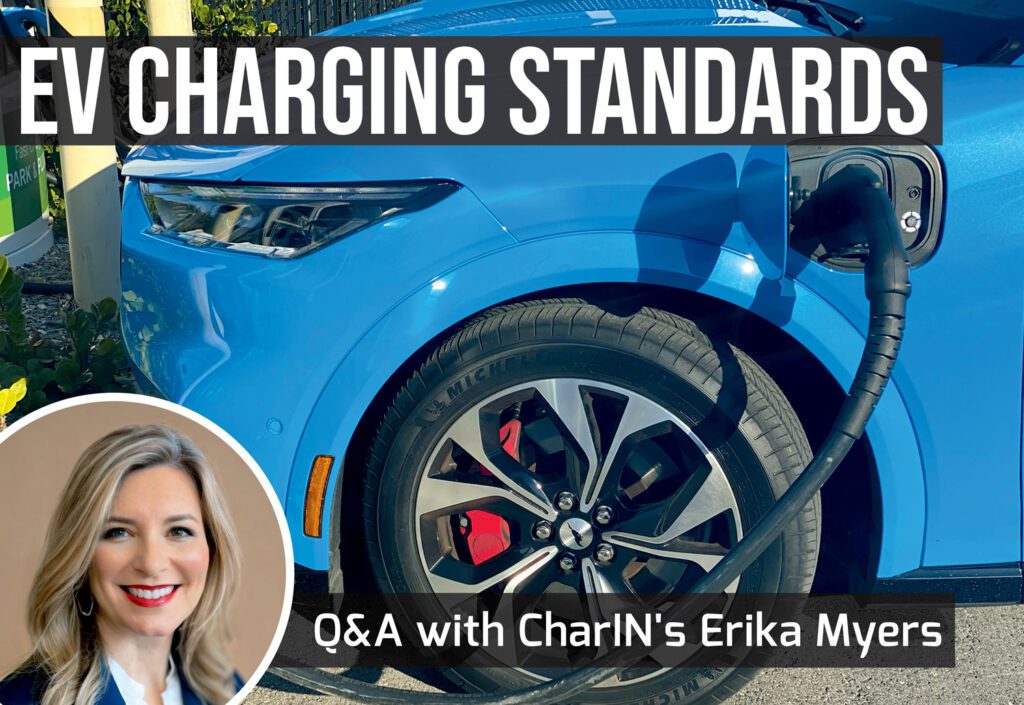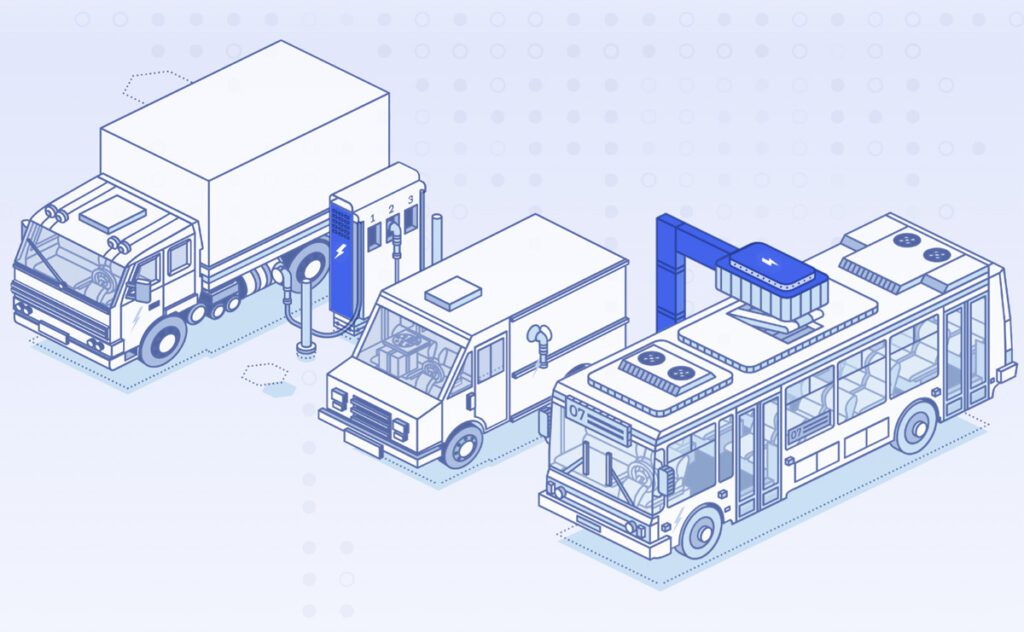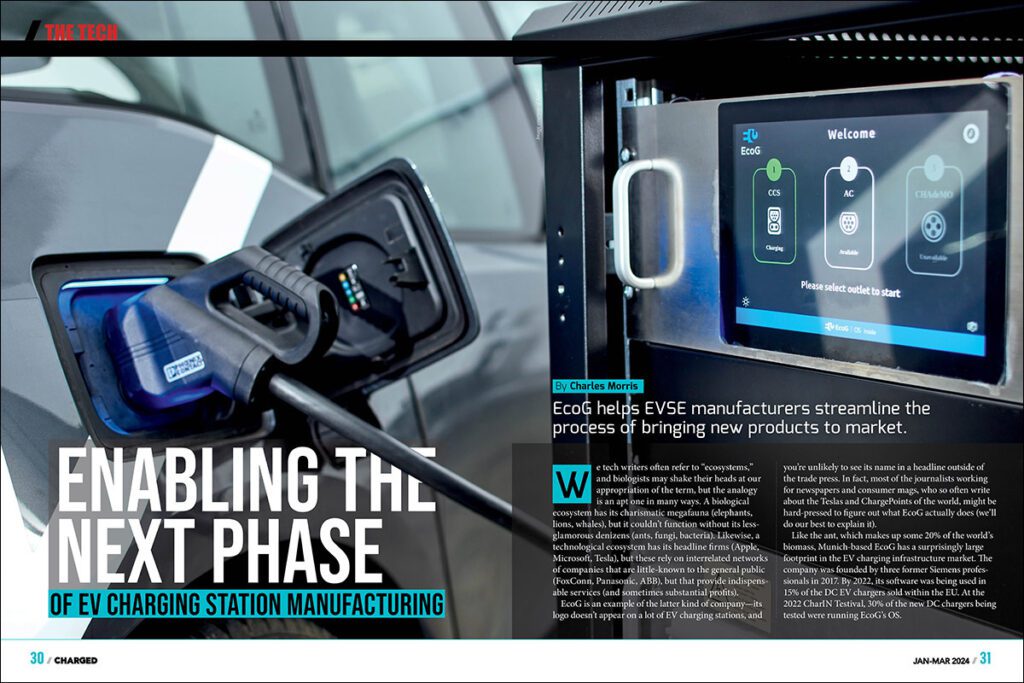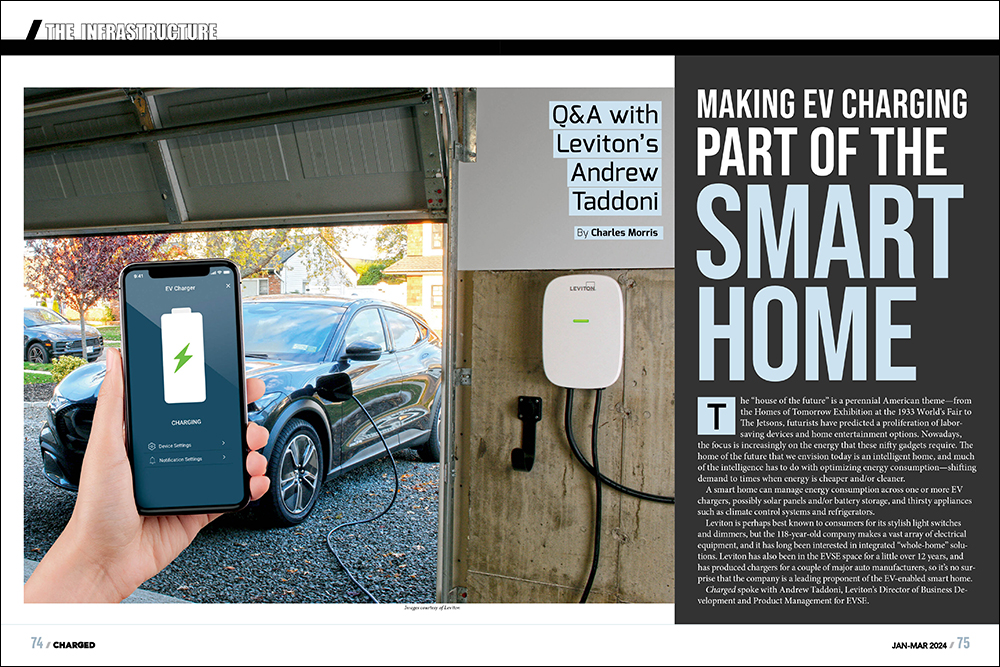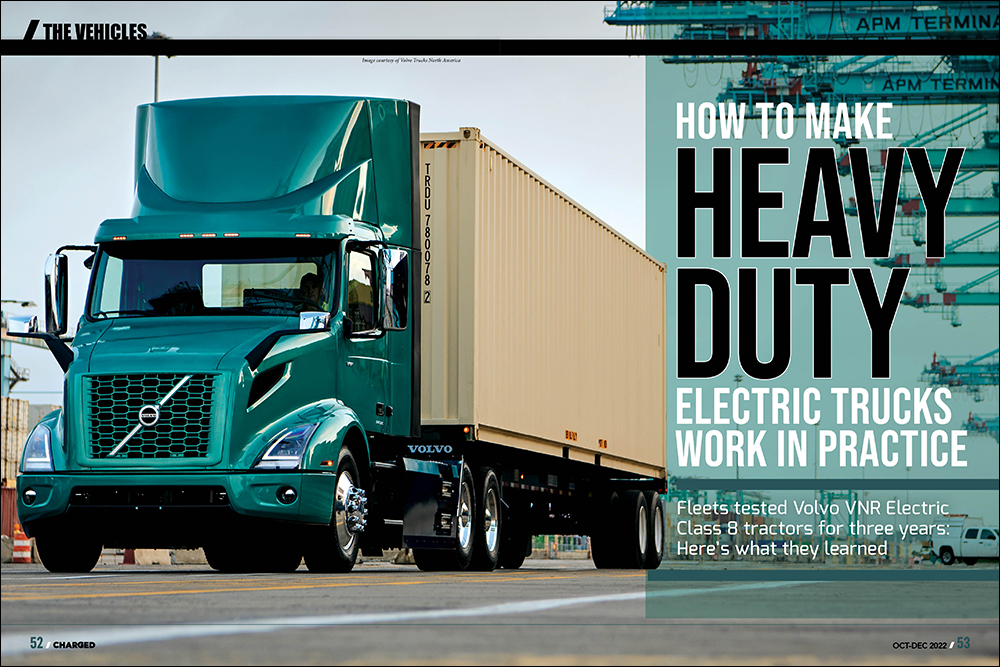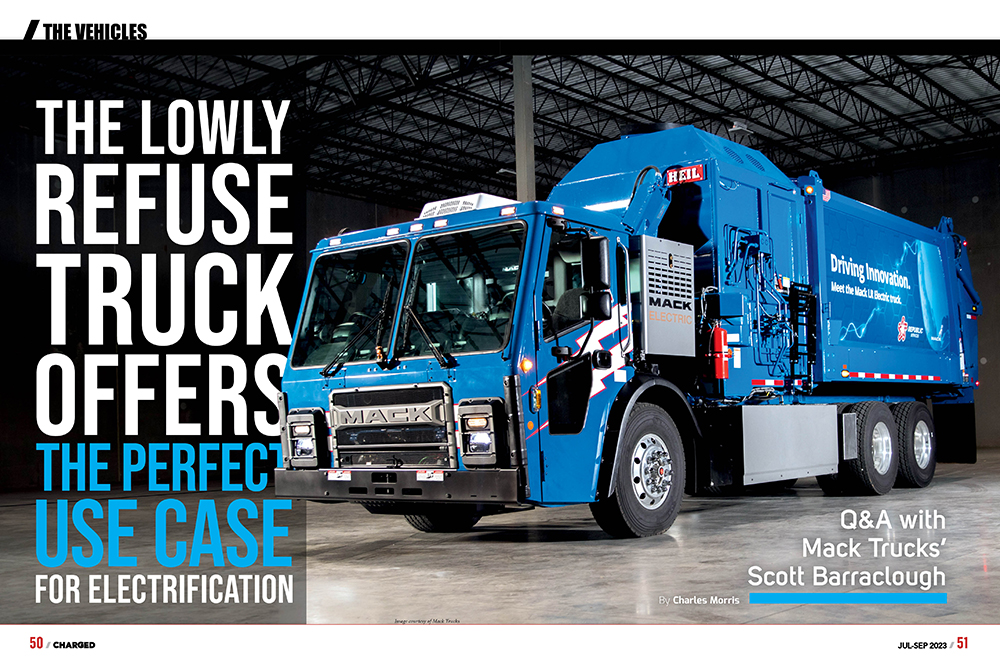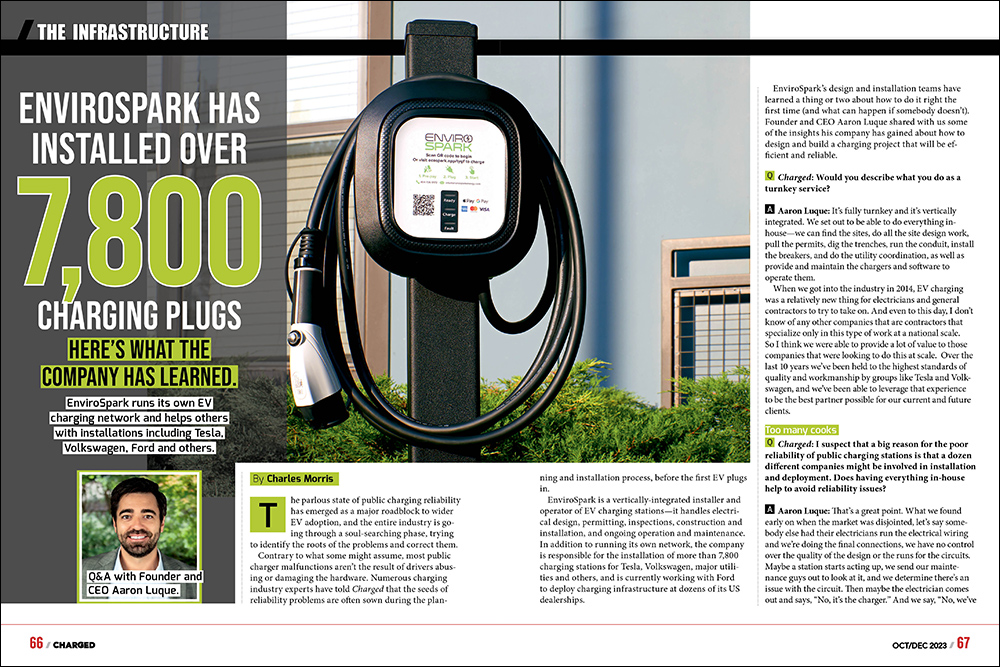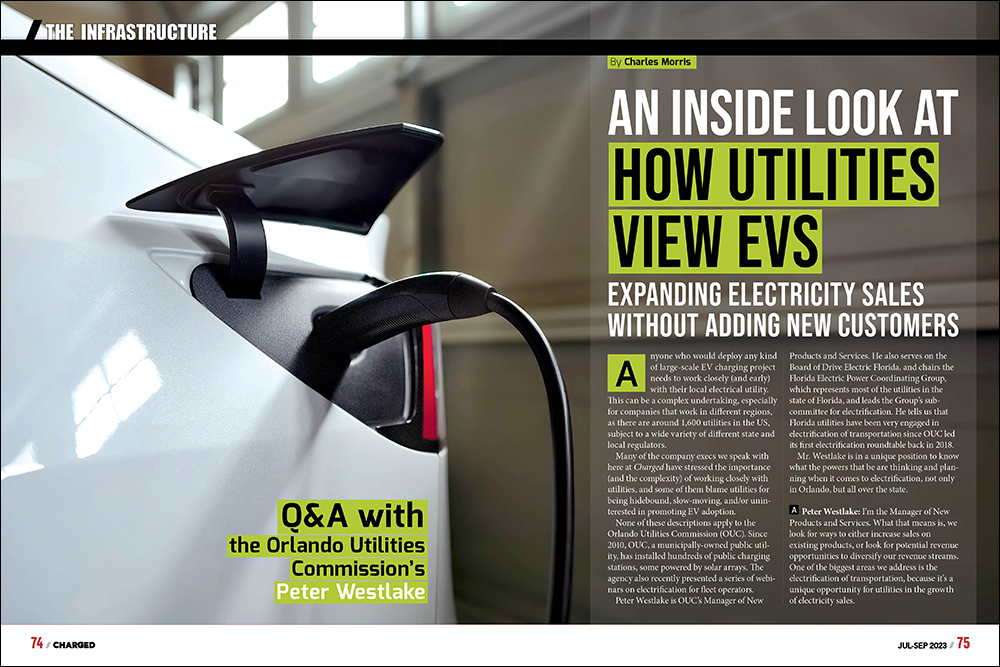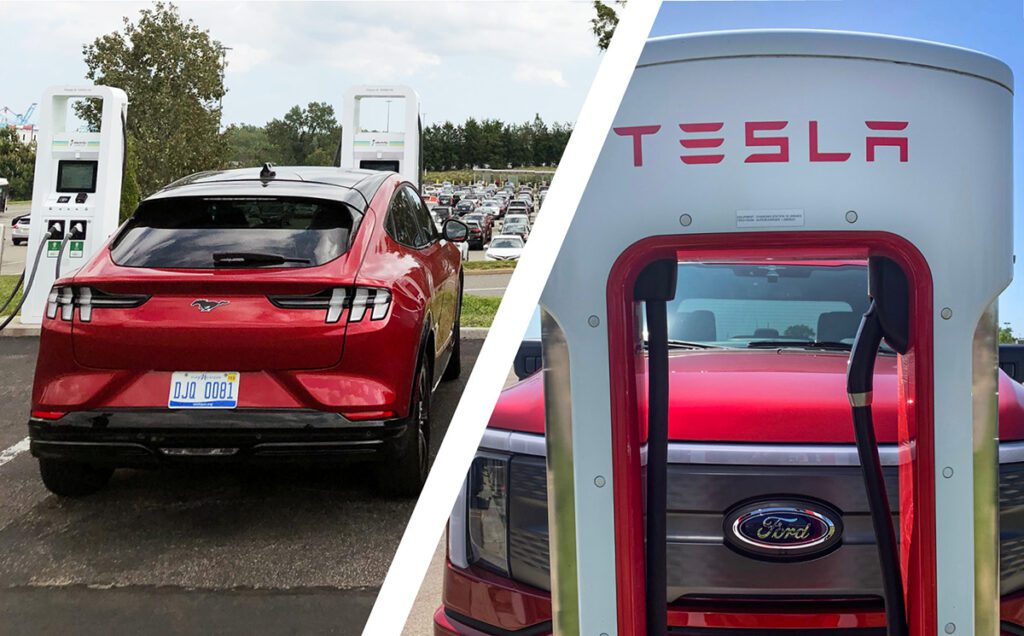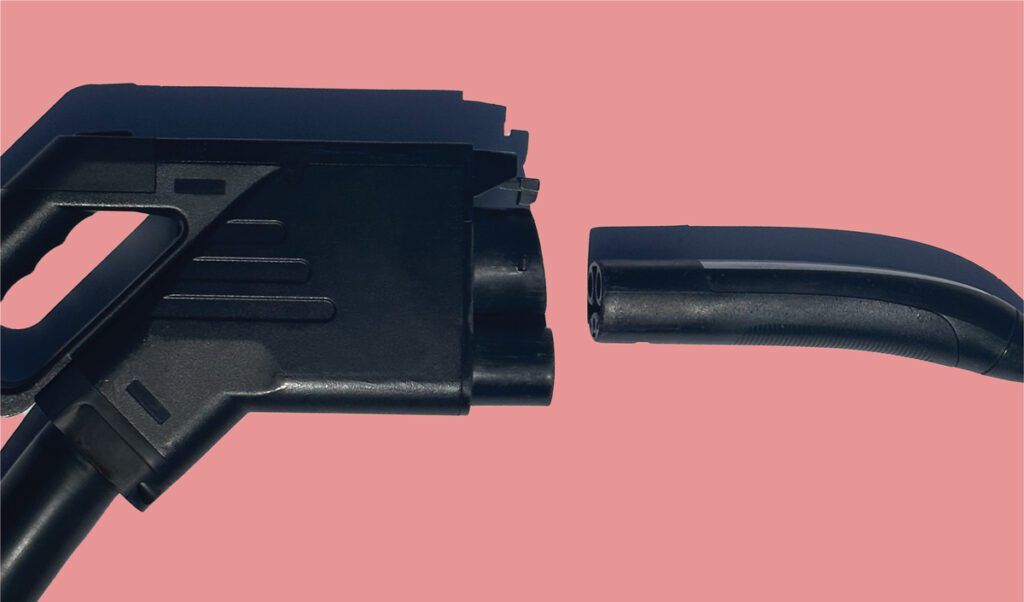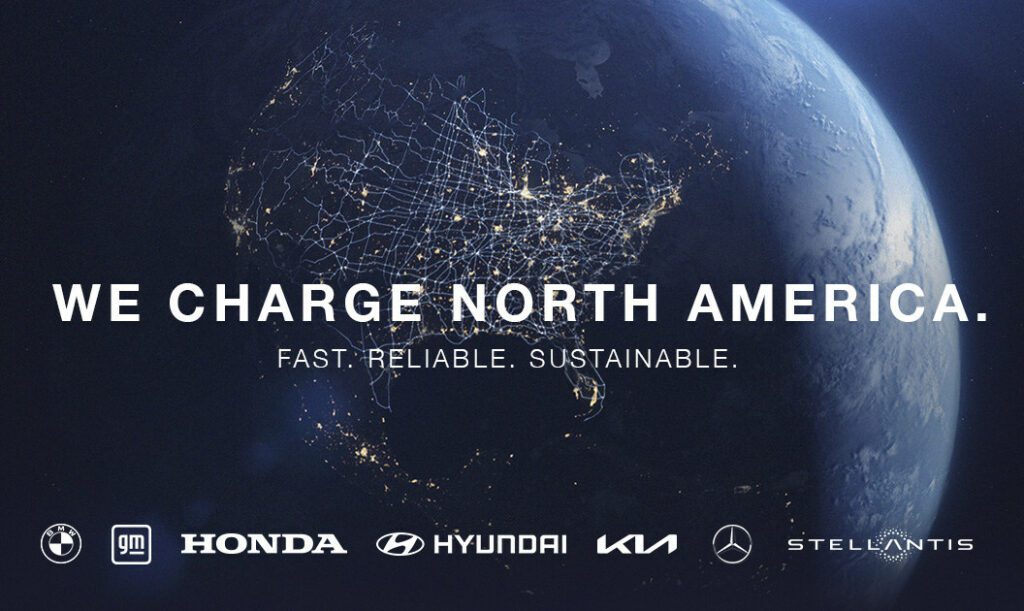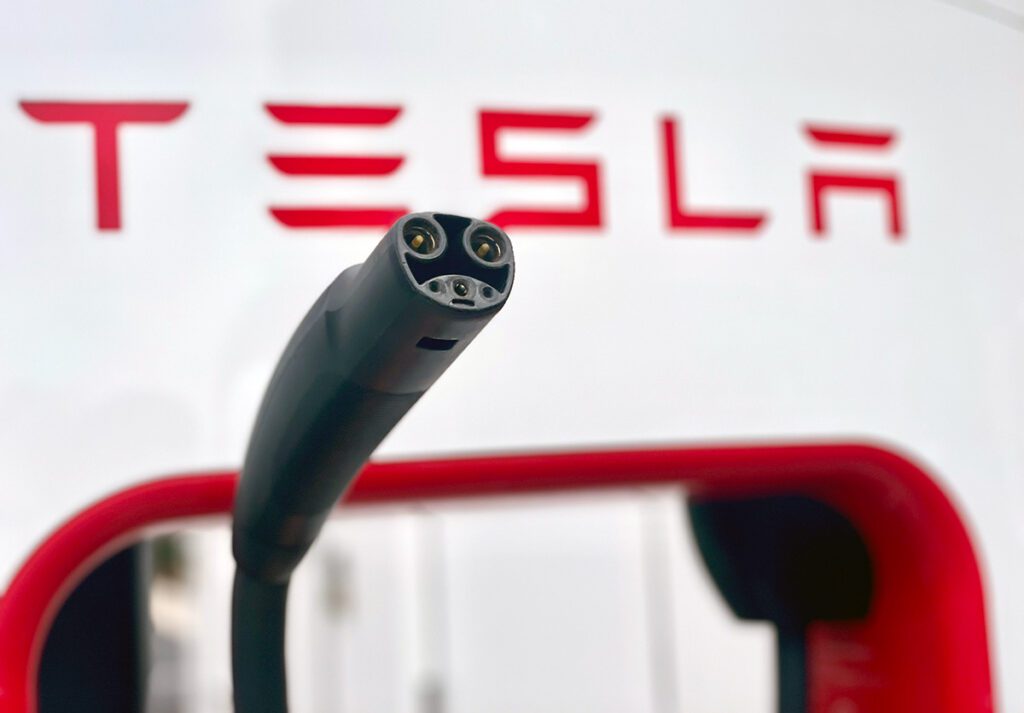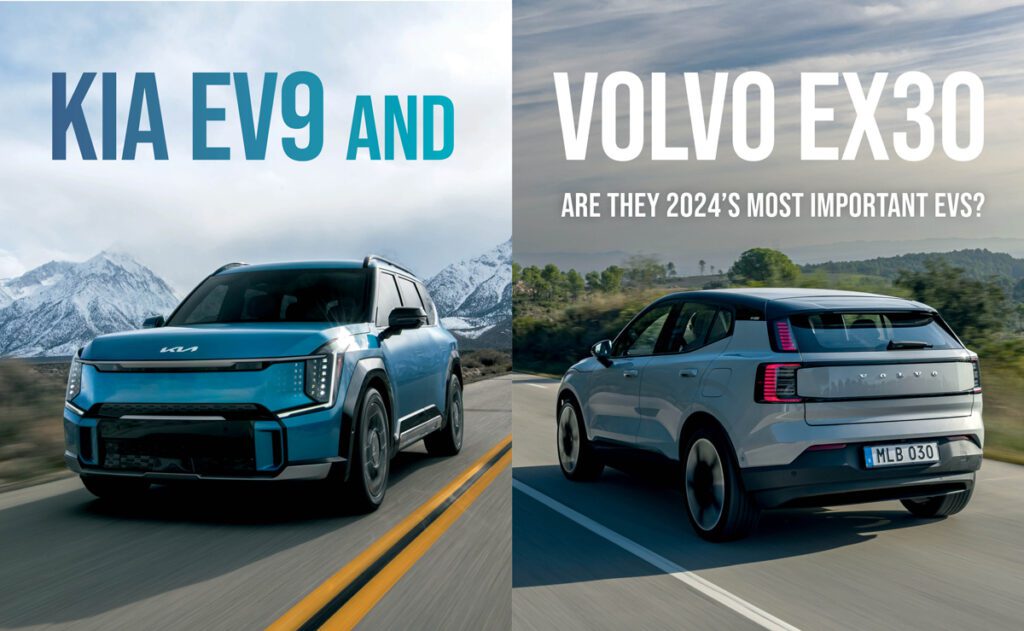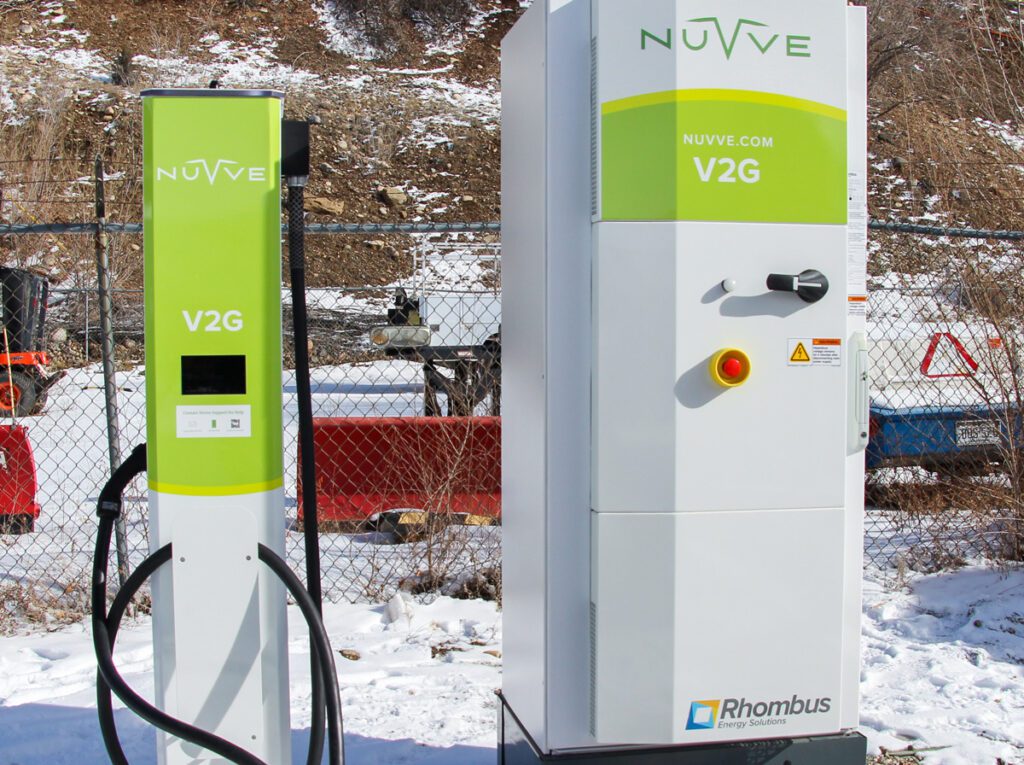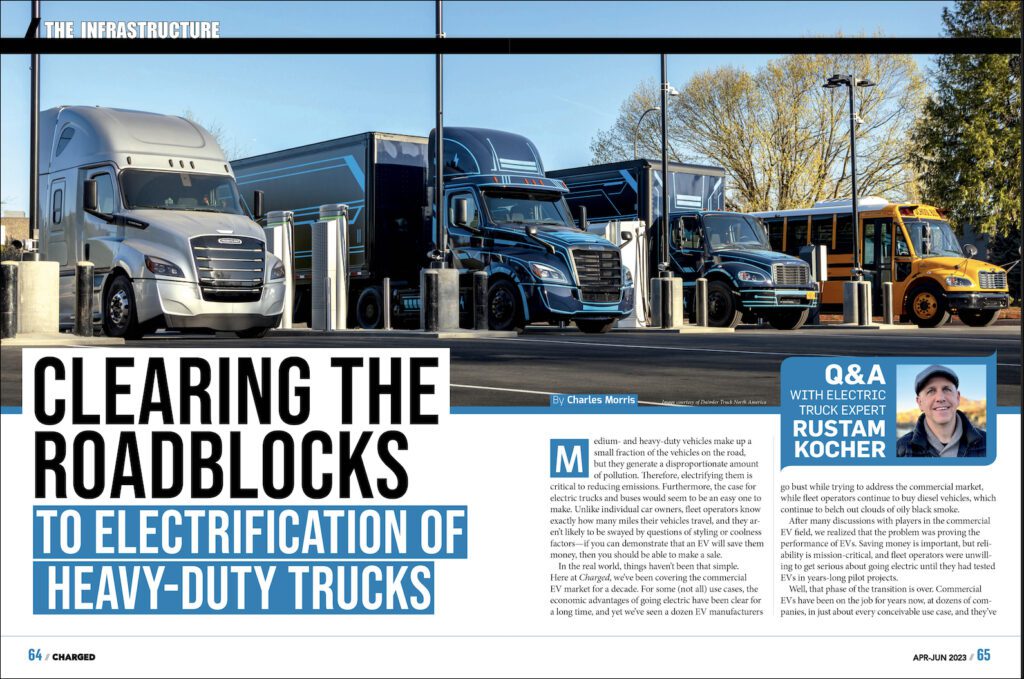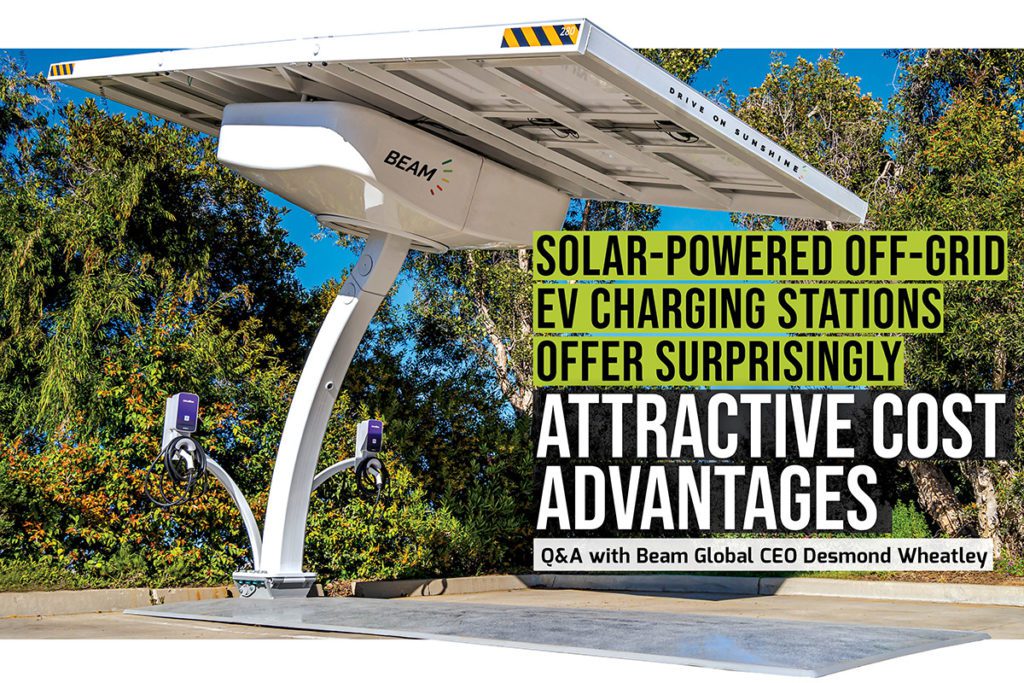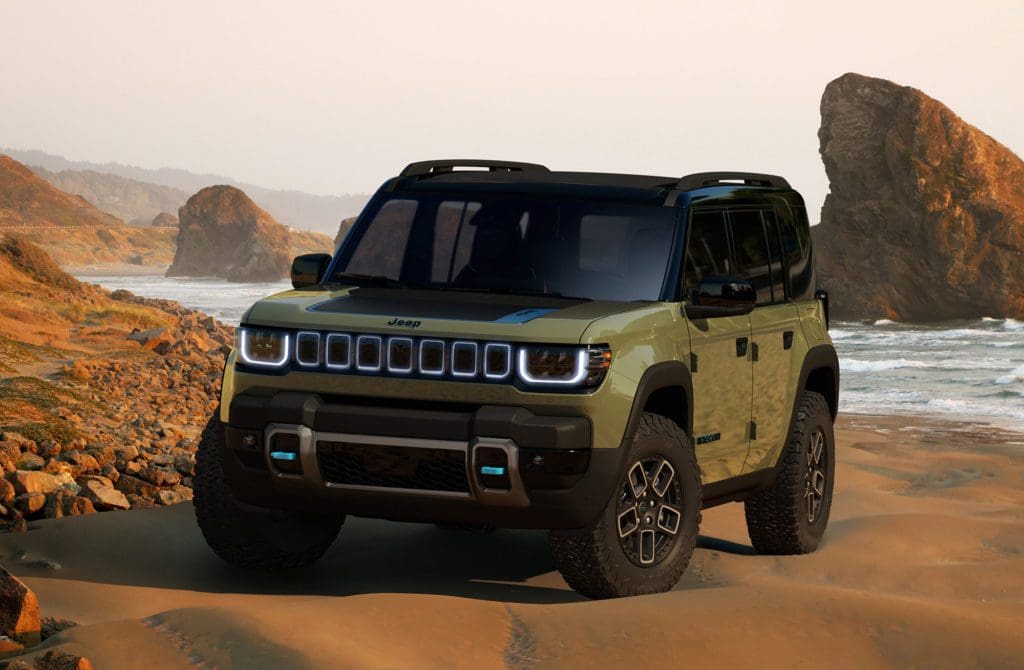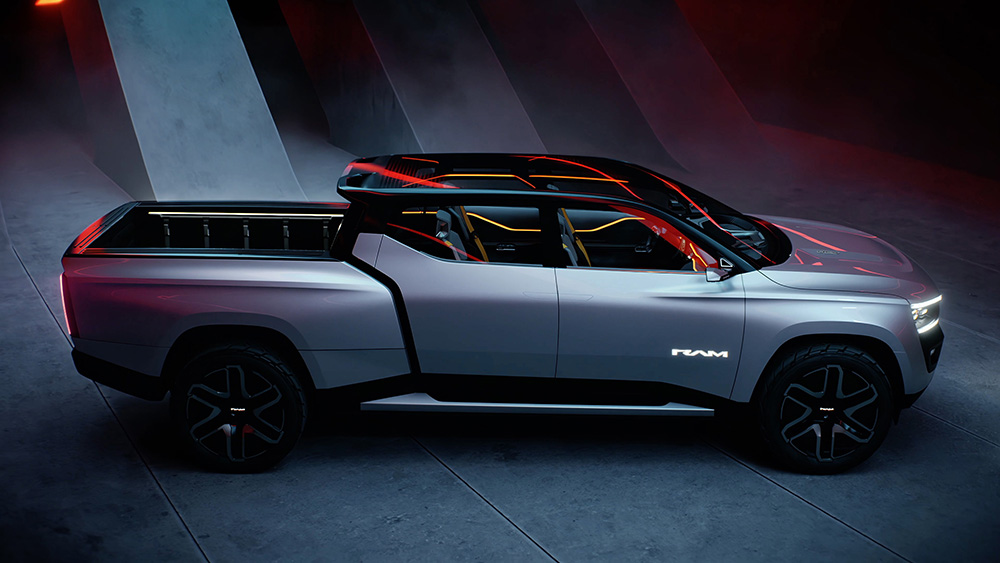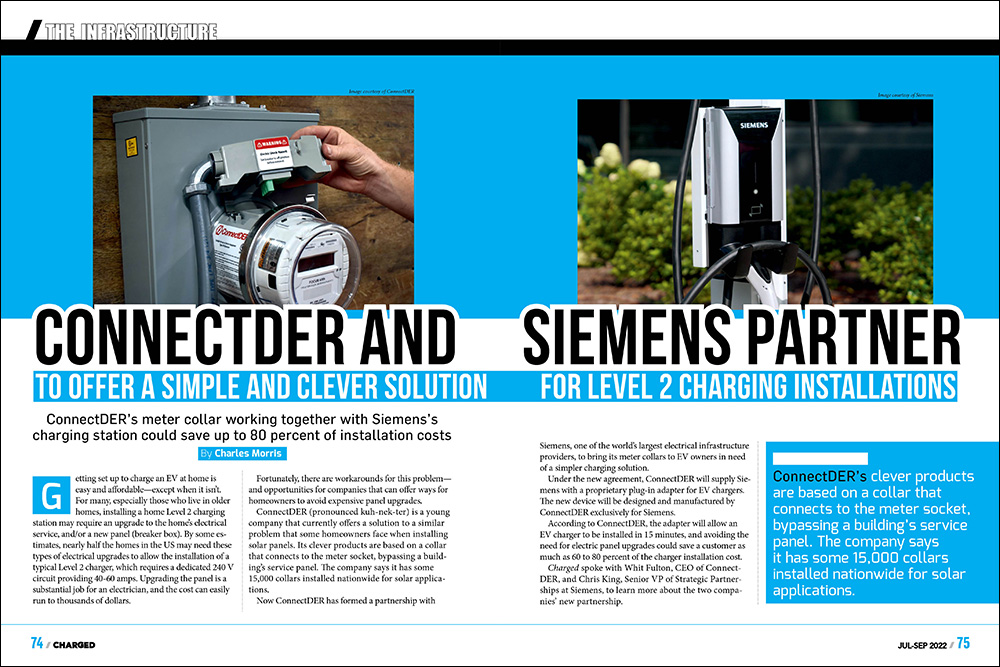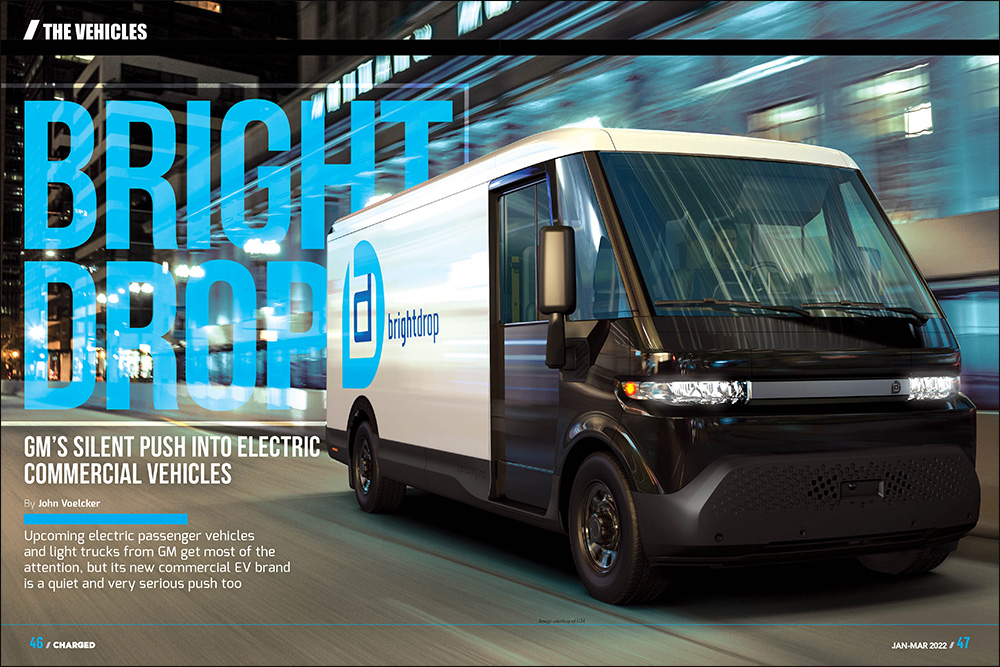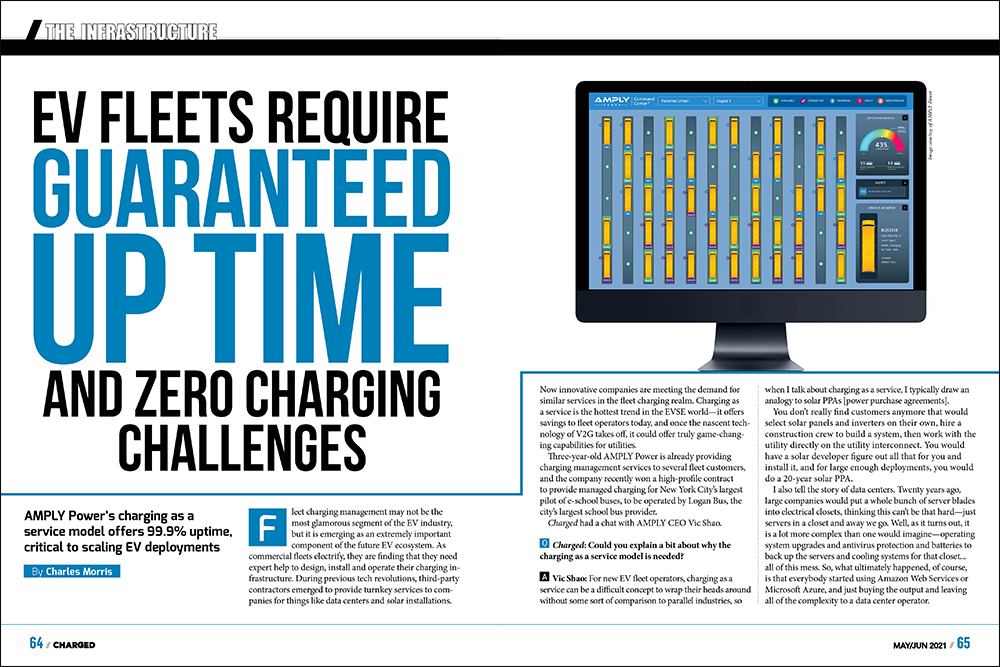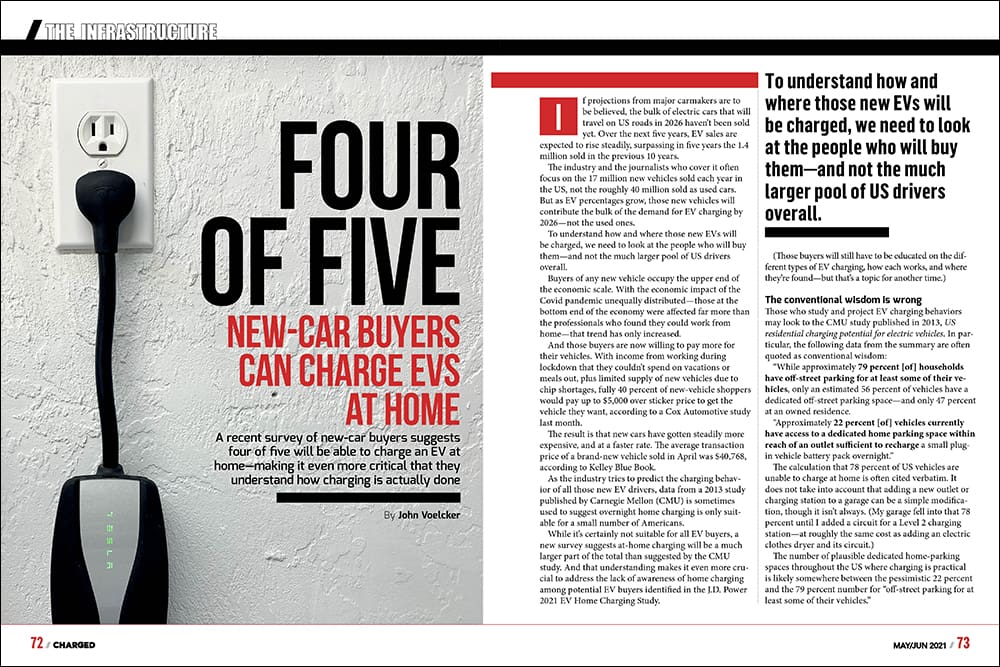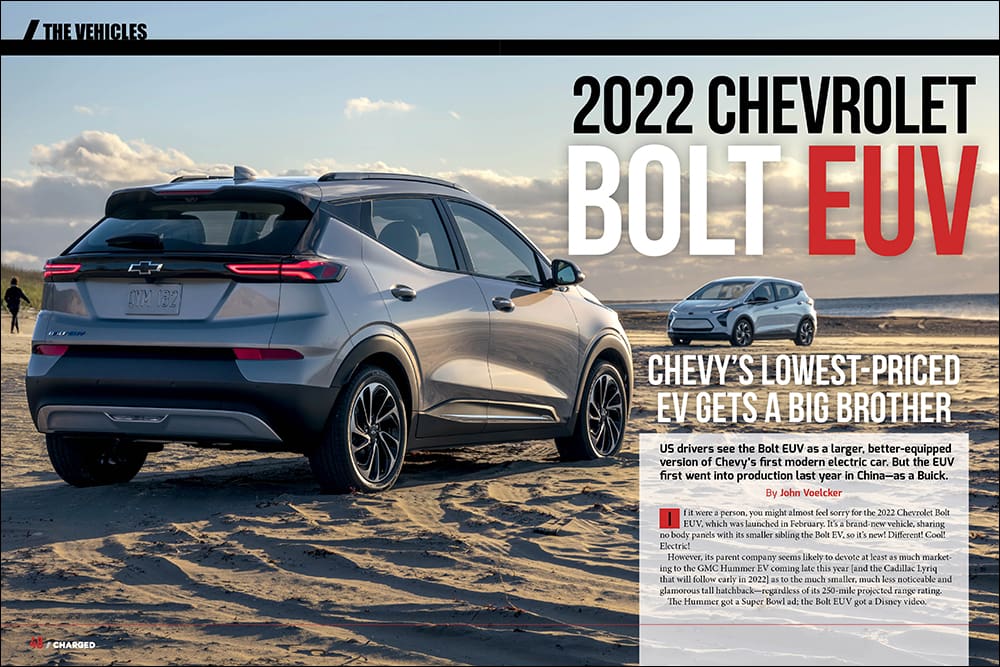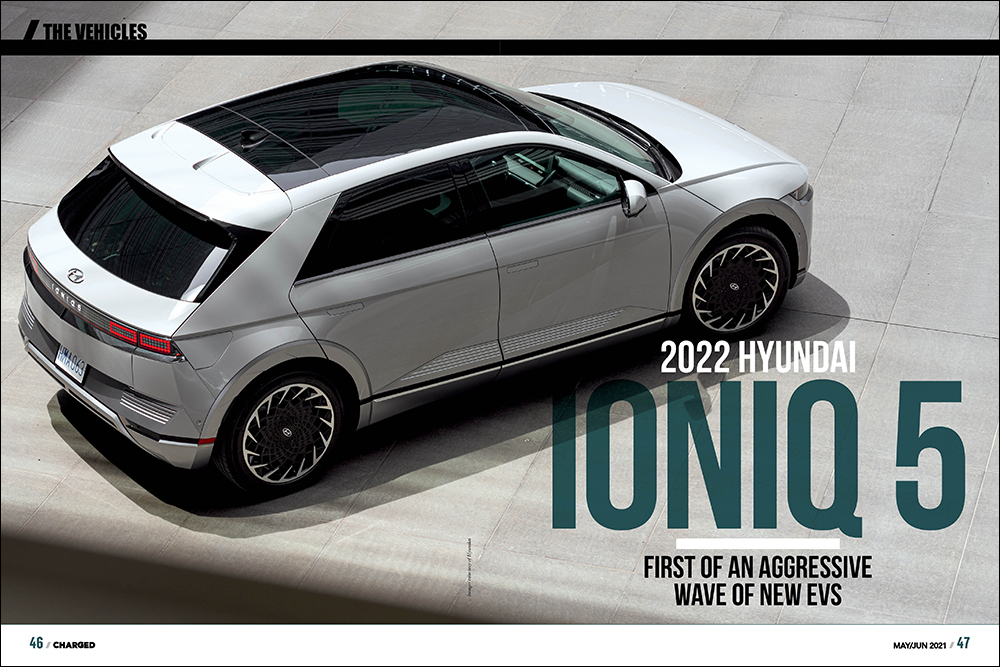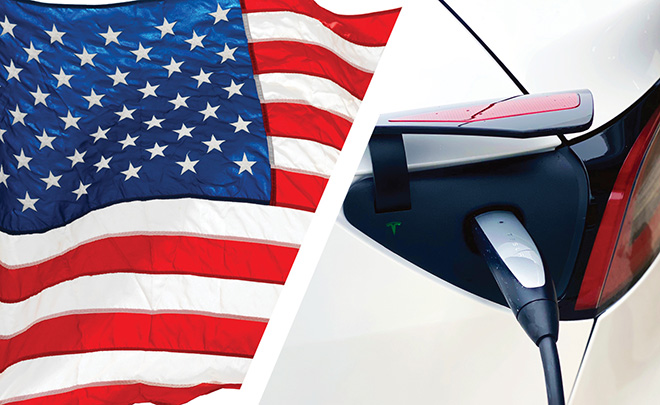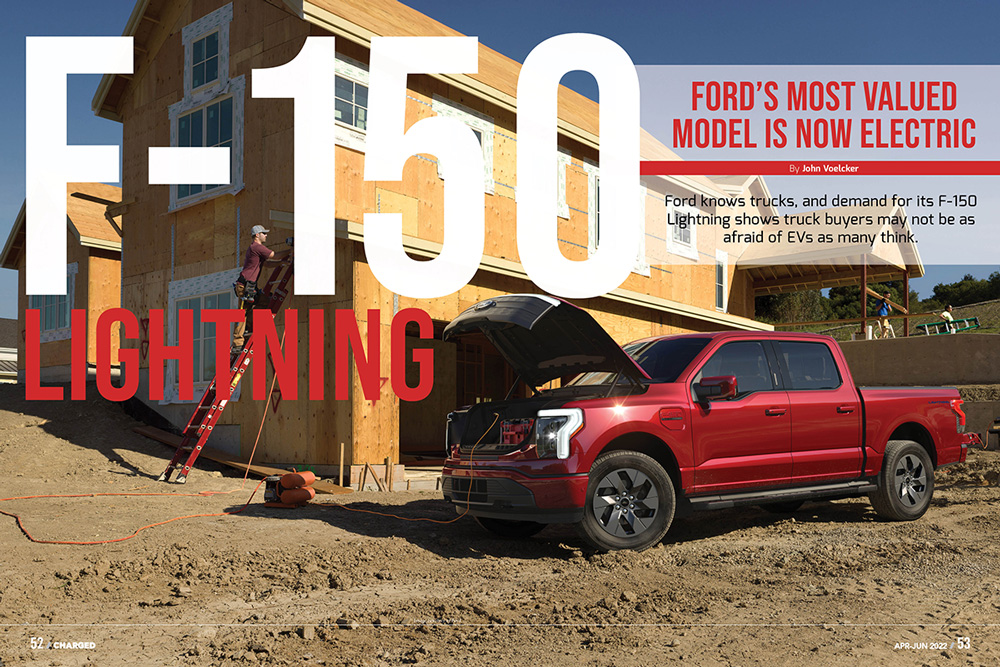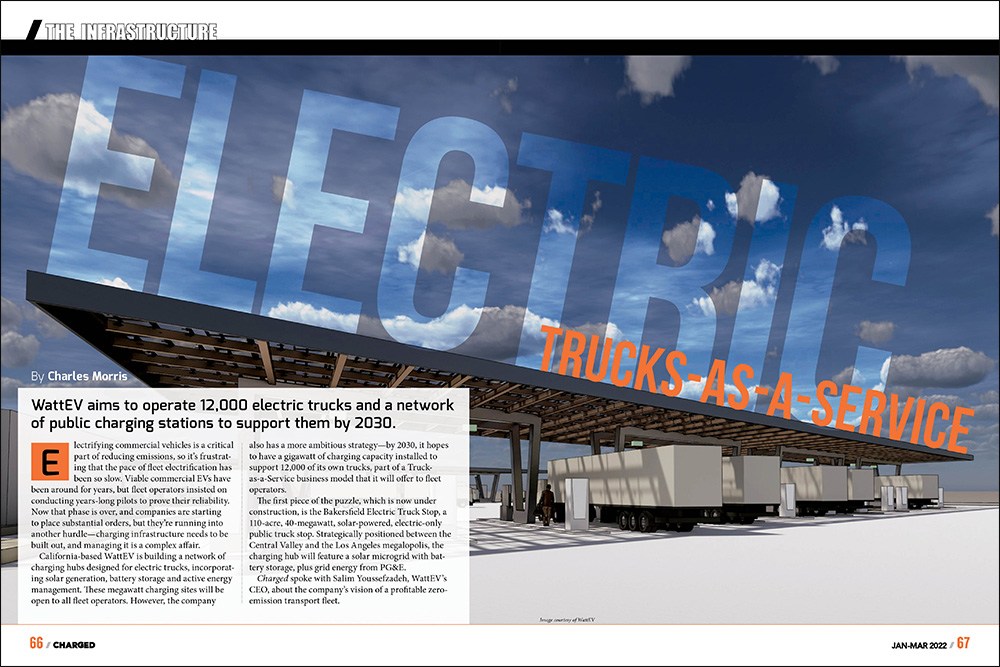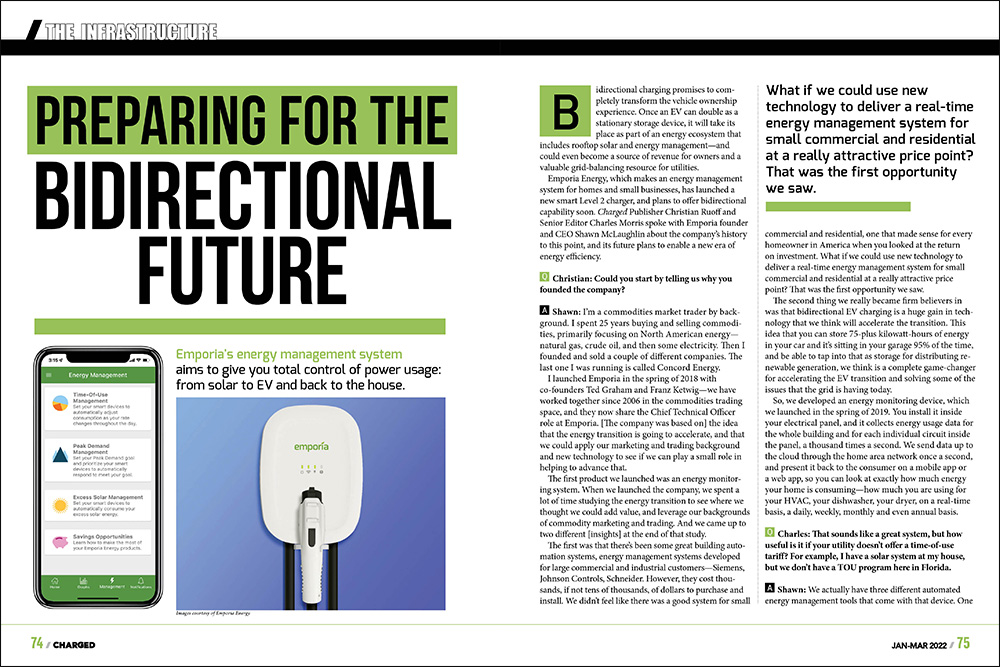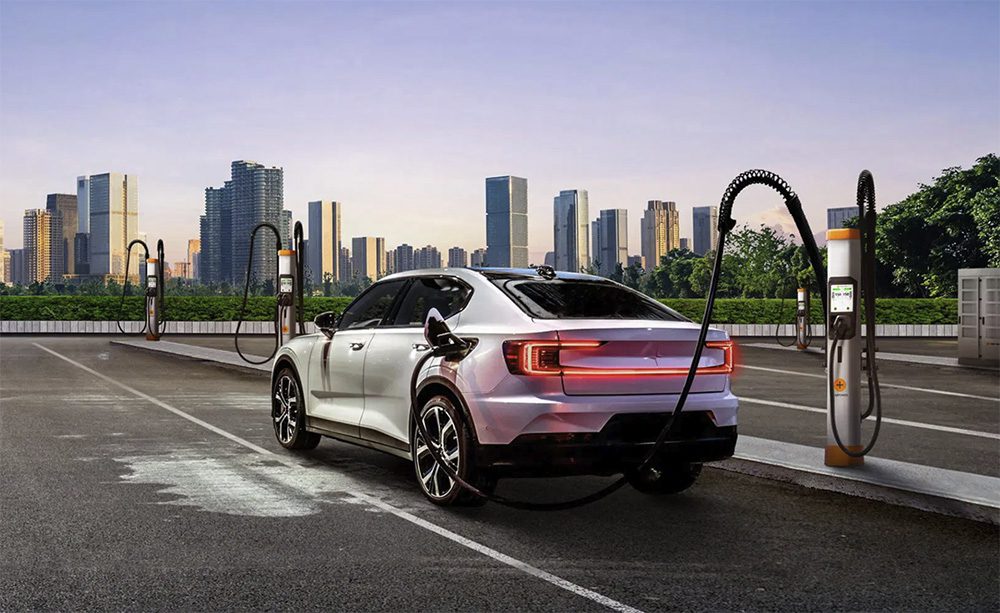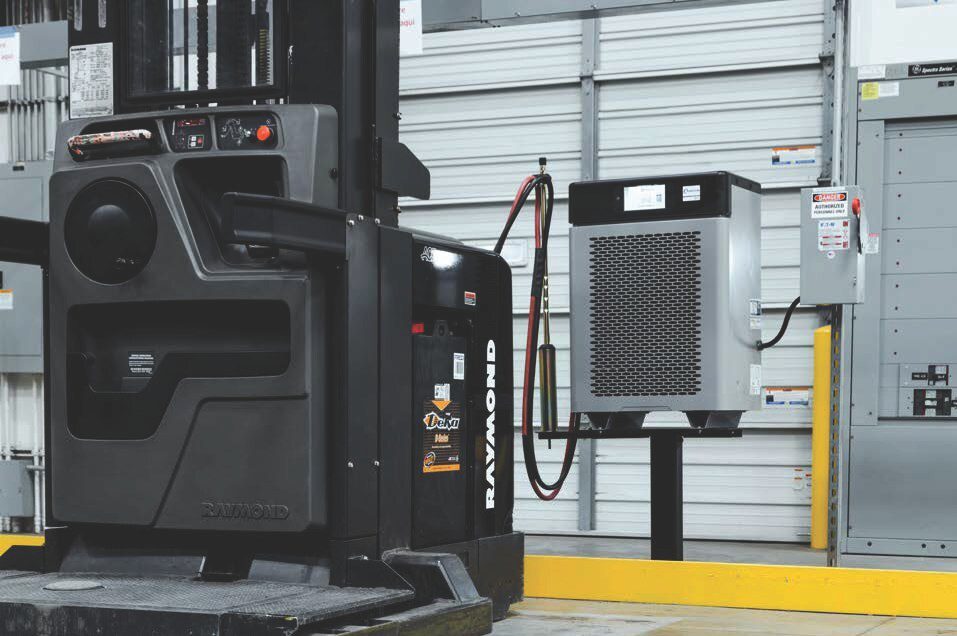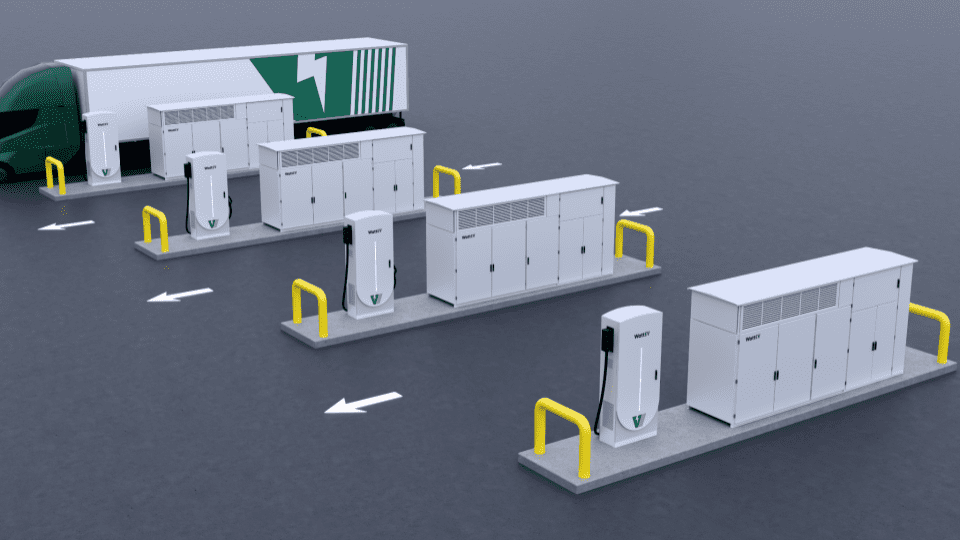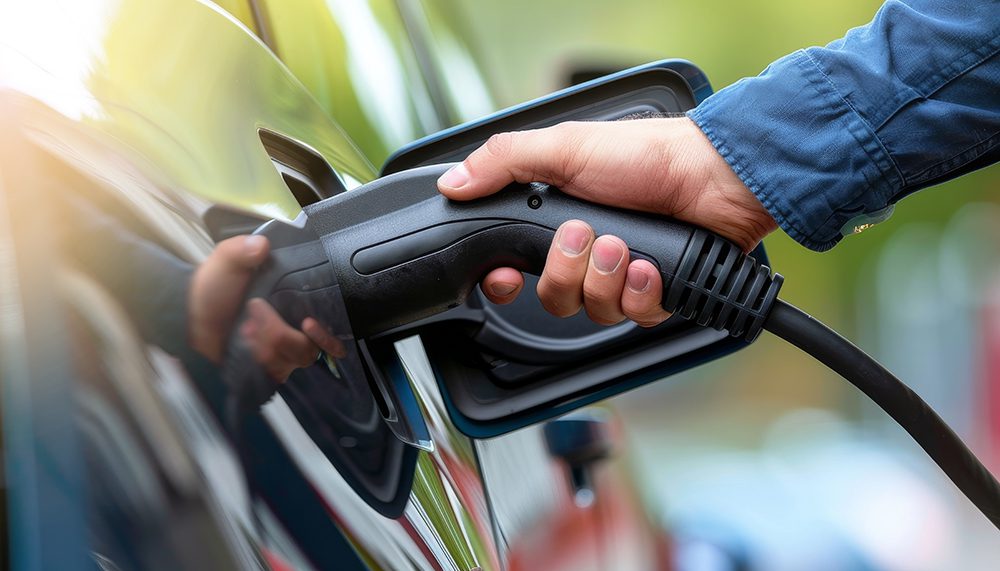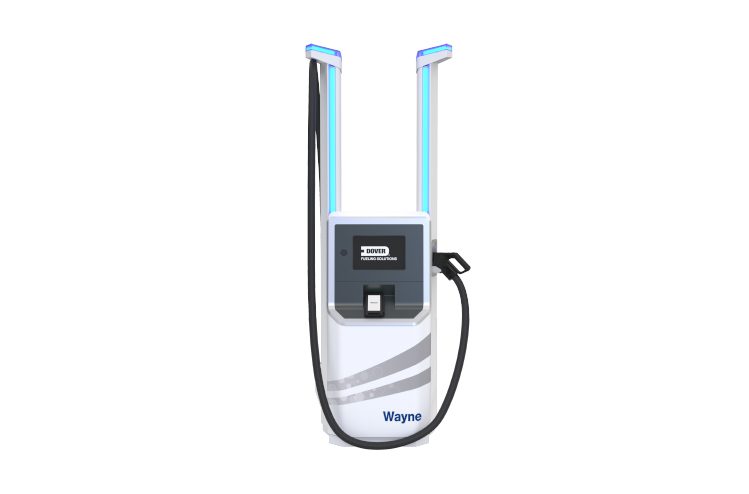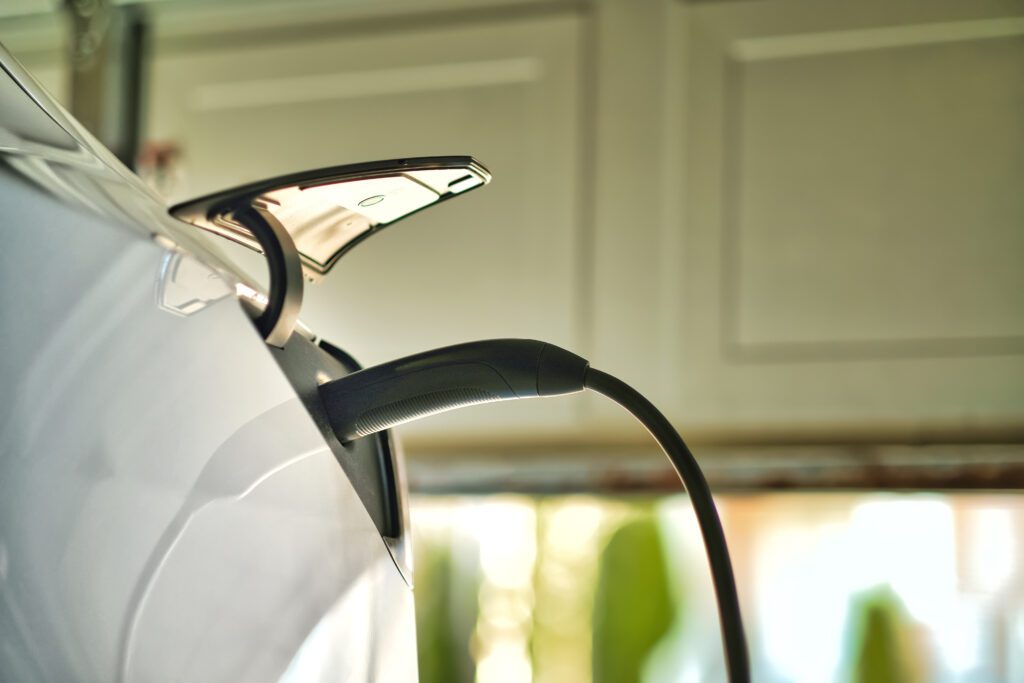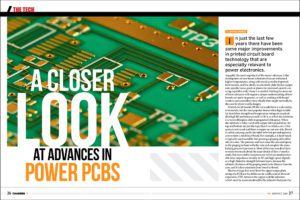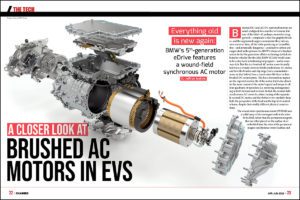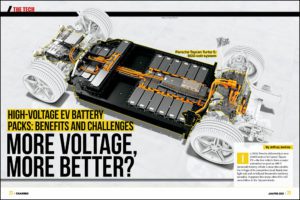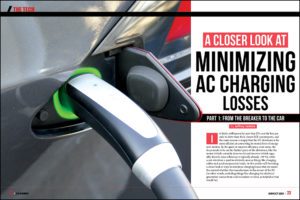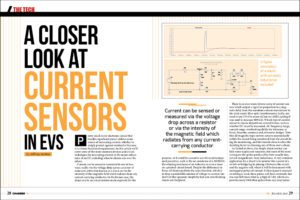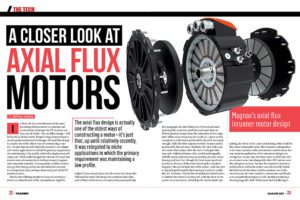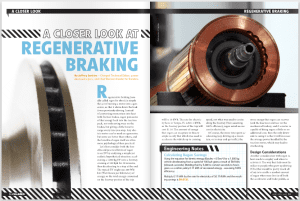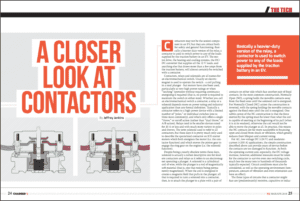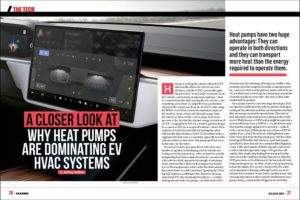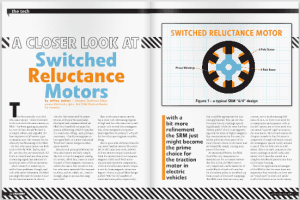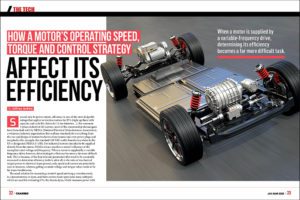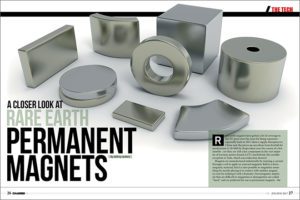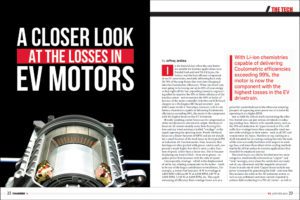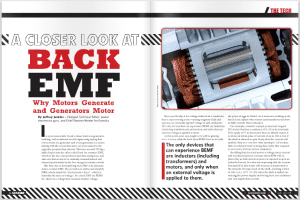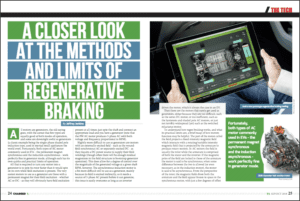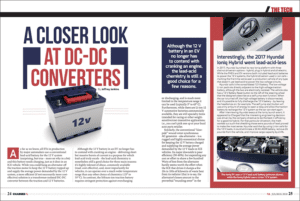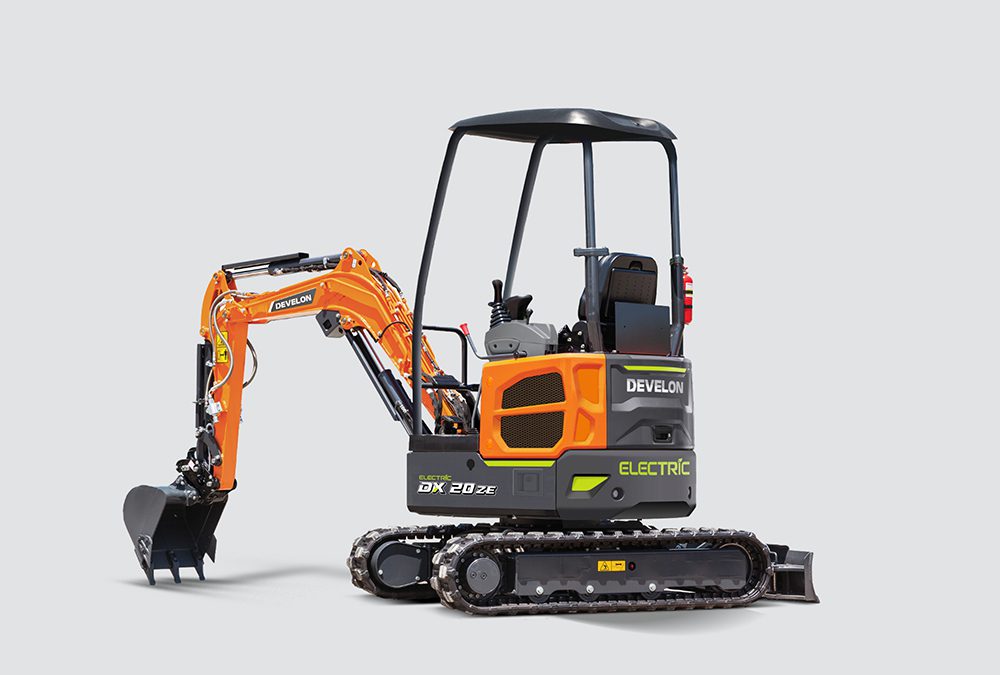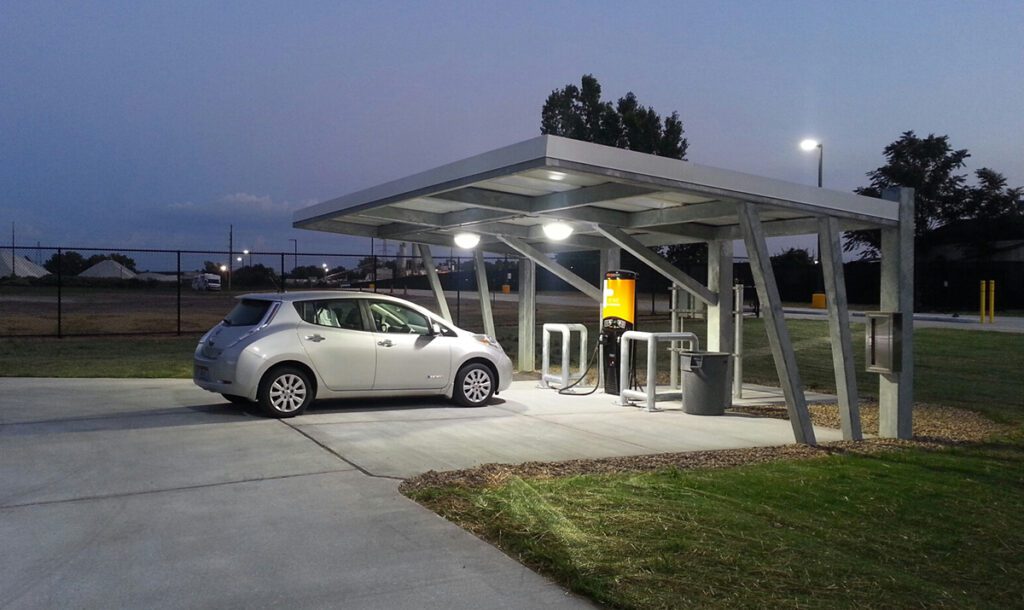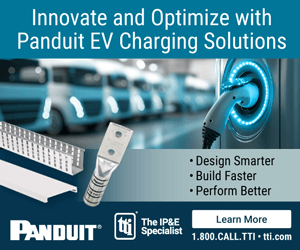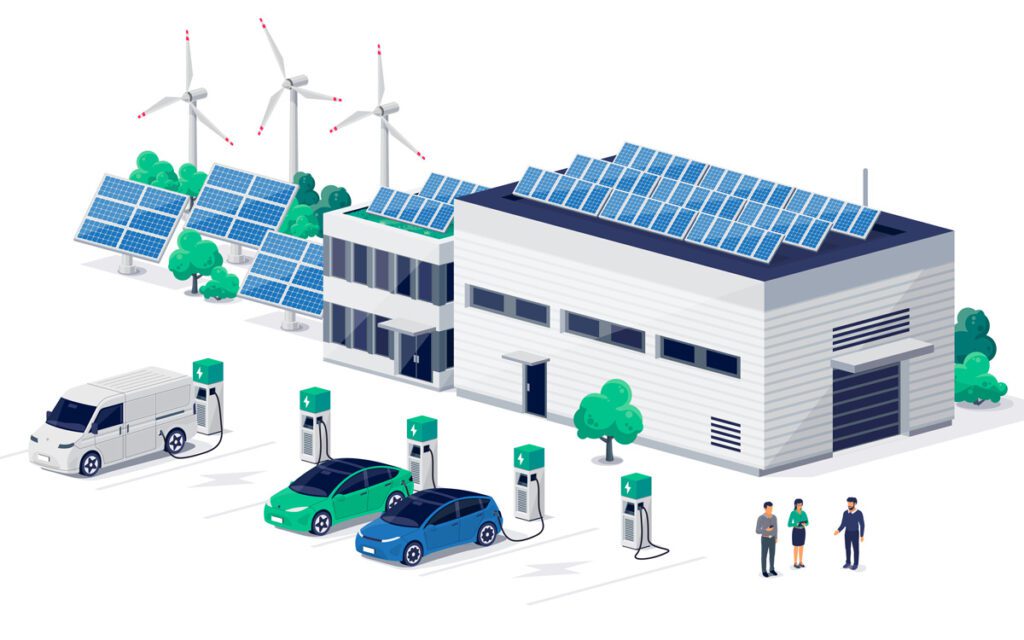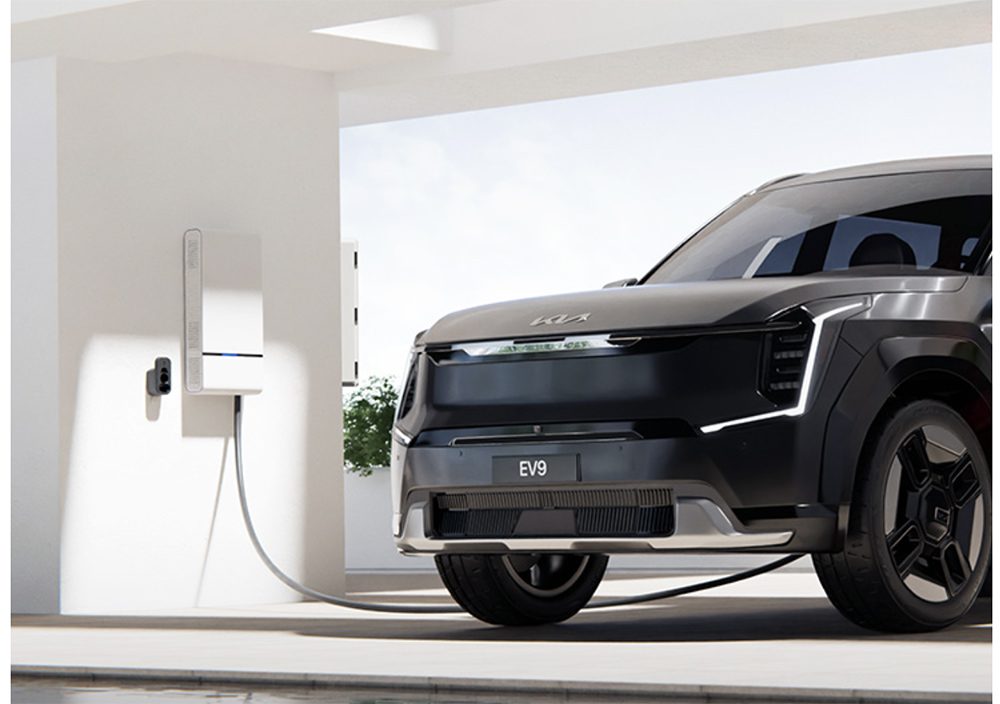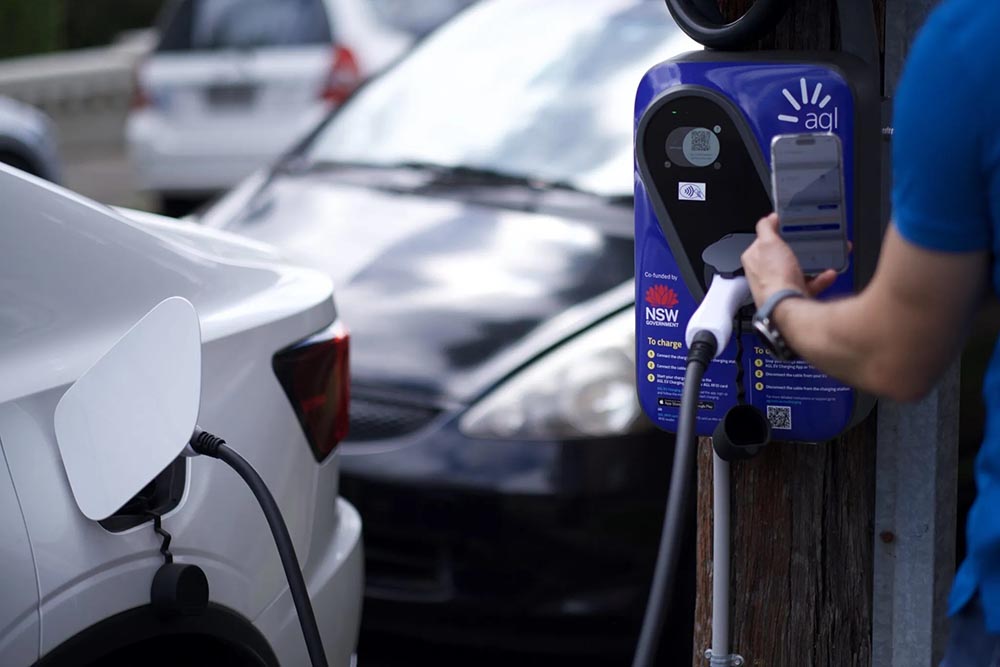The US EPA is proposing a new ENERGY STAR specification, Electric Vehicle Supply Equipment Version 1.1, which adds DC fast chargers to the existing specification. The process of proposing the spec and considering stakeholder comments began in early 2018, and is ongoing. The EPA is proposing to release a Version 1.1 Draft 1 Specification in spring 2019, and to make the new specification effective in fall 2019.
In response to the proposal, the EPA received letters from many different organizations in the industry expressing concern (including trade organizations, utility companies and a handful of charging companies).
(This is one of a three-part report on new regulations that some argue could hold back EV charging development, originally published in Charged Issue 42 – March/April 2019.)
One letter was signed by firms representing around 85% of the installed base of DC fast chargers in the US: ABB, BTCPower, Siemens, Delta, Efacec, EVgo, Siemens, Tritium and Tesla. At the center of their concerns is the proposed test method, which was initially created in a way that appears to be based on 50-kilowatt units, but that would apply to essentially all DC fast charging systems. Industry leaders fear that if the process is rushed and a spec is released too early, the result could be unintentionally picking winners and losers.

The letter notes that DC fast charging technology is changing rapidly, and currently ranges from well-established 50 kW chargers to 350 kW chargers that just began to be deployed in 2018. As fleets of heavy-duty vehicles electrify, charging levels of over a megawatt, along with new, as-yet-unproven system architectures, will be deployed. “ENERGY STAR standards developed without careful deliberation and stakeholder input may lead the market to favor certain technologies over others,” said the letter.
A letter from the National Electrical Manufacturers Association (NEMA) makes a similar point: “The complexity, diverse use cases and rapidly evolving technology of DC fast charging means that developing an effective specification will take much longer than the current timeline. Lengthening the timeline will allow for important stakeholder involvement and dialogue to improve the likelihood that EVSE 1.1 will not artificially favor one technology over another, or exclude future technological innovations from entering the market.”
A spec that’s too sweeping might encourage manufacturers to limit the variations or features they offer to customers. For example, some vendors might wish to offer load management features that take away from their products’ energy efficiency, which could cause problems for customers that might be depending on California grant money that requires ENERGY STAR compliance.
Also, ENERGY STAR has historically been a consumer advocacy program dealing with consumer appliances like refrigerators, microwaves and washer/dryers. Certification for AC charging makes sense, so consumers can be confident that they are buying energy-efficient charging stations. However, for high-power charging applications in commercial and fleet settings, determining standard modes of operation for an apples-to-apples efficiency comparison is much more challenging.
The letter from the charging companies requests that the EPA: (1) limit the scope to well-understood charging technology which has already been deployed in the field for at least a few years, for example, DCFC systems rated at 50 kW or less; (2) extend and expand the process for developing the standard, including the timeline; and (3) allow self-certification and testing for compliance.
This article appeared in Charged Issue 42 – March/April 2019 – Subscribe now.
SEE ALSO:
California proposes DC metering standards for fast chargers, companies ask for more time






